Lectures 2025
Our keynote speakers
Dr. Holger Schmieding, Berenberg Bank
Challenges for the economy, financial markets and investors against the backdrop of a new world order
"2025 is the year of the new world disorder" - geopolitical shocks and their consequences for the economy and investors
Dr. Holger Schmieding, Chief Economist at Berenberg Bank, gave a clear analysis of the global challenges for financial markets and investors at the Future Forum Precious Metals 2025. His presentation ranged from the US election and the geopolitical situation to Germany's economic resilience. The central message: "We are at the beginning of a new disorder - but Europe has more economic substance than it believes itself to have."
US politics: Trump, tariffs and uncertainty
A significant part of the analysis was devoted to Donald Trump's possible comeback. Schmieding warned of the economic consequences of an erratic US trade policy: "Anyone who needs tariffs in the long term has no chance on the market alone." The planned punitive tariffs could act as a tax in the short term, but could jeopardize competitiveness and investment in the long term - including in the USA. The EU, which is now the largest exporter to the United States, would be particularly affected. According to Schmieding, Trump would rather negotiate with individual states than with the EU: "We have to reckon with the fact that he has us on his back."
Immigration policy with an economic boomerang
Schmieding also addressed the economic risks of US immigration policy. A rigid border policy would weaken the labor market in the long term, create a shortage of labor and thus increase inflationary pressure. The USA would thus face a potential structural cost push - a risk that investors should not underestimate.
China - more problems than solutions
The economic superpower China did not come off well either. Schmieding painted a gloomy picture: falling birth rates, gigantic destruction of capital due to poor planning in the construction and infrastructure sector as well as massive but unsustainable subsidies in selected industries. His forecast: "In the long term, I am pessimistic about China." The country's authoritarian course is preventing structural reforms - a problem with global implications for commodity markets, trade flows and investments.
Interest rate turnaround: The end of ultra-loose monetary policy
Another key topic was the development of central bank policy. Schmieding sees no reason for further interest rate cuts - neither in the USA nor in the eurozone. "A normal ECB key interest rate is more likely to be 3%, not 2%," is his assessment. For the USA, he forecasts a yield of 5 % for ten-year government bonds, and 3 % for Germany. The era of zero interest rates is over - with consequences for all asset classes, including precious metals.
Ukraine war: Three scenarios, no simple solution
Schmieding outlined three possible developments in the Ukraine war under a US President Trump:
- Trump achieves a compromise peace under pressure on Putin - probably the best, but currently unlikely option.
- A dictatorial peace at the expense of Ukraine - politically unstable, economically disastrous.
- An unclear deal between Trump and Putin that Ukraine does not accept - with long-term weakening of the country and growing pressure on Europe.
His conclusion: "We can't do without the USA for the time being - but Europe must learn to act more strategically independently."
Germany: Need for reform despite substance
Despite all the global uncertainties, Schmieding believes Germany is well positioned - if the right course is set. "Many countries would like to have our problems." The industrial base, innovative strength and capital resources are strong - but they need to be activated through reforms. In particular, this means reducing bureaucracy, easing tax burdens and investing in infrastructure.
Risk, but also opportunities for investors
The new global disorder described above means one thing above all for investors: increased volatility. Nevertheless, geopolitical disruptions also offer entry opportunities - for example in gold, commodities or bonds from selected countries. A disciplined, long-term investment horizon is crucial. Schmieding advocated broad diversification and a sober analysis of geopolitical risks.
Europe must take responsibility
A recurring motif was the call for European independence. Although Schmieding praised Europe's financial support for Ukraine, he called for more military and political initiative. "If the USA withdraws, Europe must not react with paralysis." The EU must also strengthen its internal market economically and protect strategic industries.
Conclusion: New risks - but also new opportunities
Schmieding's speech was a wake-up call - but also an encouragement. The world is becoming more unstable, the markets more volatile, politics more unpredictable. But with analysis, caution and strategic foresight, opportunities can be exploited even in this environment. "We don't need panic - but more seriousness in dealing with the realities of this new world order."
Biography: Dr. Holger Schmieding is Chief Economist at Berenberg in Hamburg and London. He was previously Chief Economist Europe at Merrill Lynch and Bank of America. He studied economics in Munich, London and Kiel, obtained his doctorate in Kiel and worked at the International Monetary Fund, among others. In 1998, he coined the term "sick man of Europe", predicted a "golden decade" for Germany in 2010 and published the book "Unser gutes Geld" in 2012. He was named Europe's best macro analyst in the 2013-2015 Extel survey.
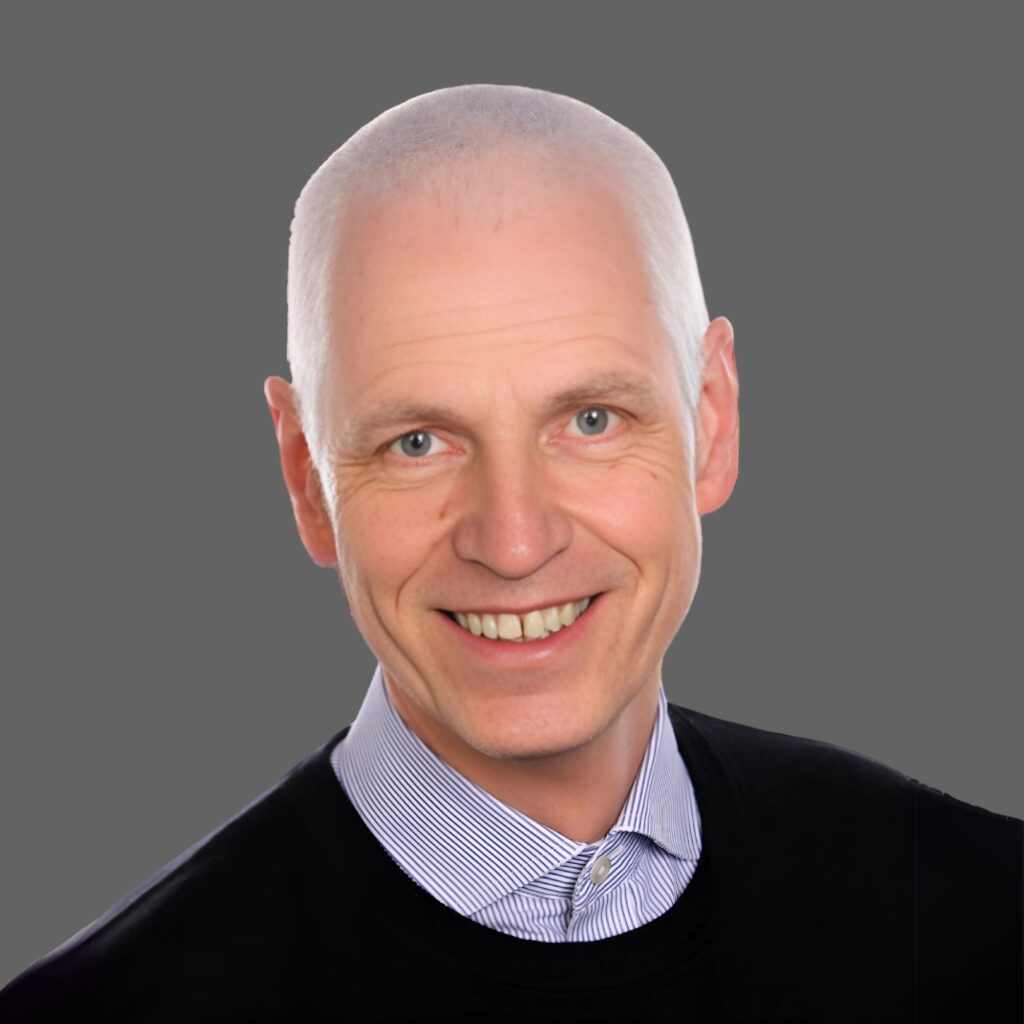


Ralf Schuster, Helaba
50 days of Trump, 30 days of Merz: Europe between Trump, Putin and XI - Challenges for politics in the 2nd half of the 2020s
Trump tilts the chessboard: Europe in a new geopolitical reality
The world order is being shaken - not just by wars, but by the deliberate undermining of international rules. In his geopolitical keynote speech at the Future Forum Precious Metals 2025, Ralf Schuster, geopolitical expert at Helaba, painted a vivid picture of the global situation. His central thesis: "We are not experiencing a change of strategy, but a deliberate refusal to play - and Europe is not prepared."
Cold War 2.0 and the end of the old order
Schuster spoke of a "Cold War 2.0", in which traditional power blocs still exist, but the underlying set of rules is disintegrating. The era of "divide and rule" has not led to stability, but to growing chaos. The number of armed conflicts worldwide is higher than ever before. "We can no longer get our geopolitical chess game around," said Schuster. Players like Donald Trump are deliberately leaving the game - according to the principle of the Madman theory, which Richard Nixon already pursued: maximum unpredictability as a strategic tool.
China's rise and Europe's weakness
A central element of the analysis was the geopolitical power shift in China's favor. The country is now one of the top three trading partners in 150 countries - a sign of its economic reach. At the same time, 87 % of the world's population do not participate in the sanctions against Russia - an indicator of Europe's dwindling influence. Schuster made it clear: "We must realize that we will lose global significance if we do not act strategically."
Technology, not armaments, is the key to resilience
Instead of short-term reactions, Europe needs to invest in the long term - especially in technology and innovation. But this is precisely where Schuster sees the greatest danger: "Innovation is being stifled by over-regulation." The growing technology conflict between the USA and China is exacerbating the situation, while Europe is falling behind. Taiwan's role as an indispensable center of the semiconductor industry - and therefore a geopolitical risk factor of the first order - is particularly critical.
Risk analysis instead of reactionism
Schuster called for a far-reaching change in mentality: away from crisis-driven reactionism and towards forward-looking risk management. This also includes a realistic view of geopolitical dependencies - for example in the raw materials sector. Germany and Europe must form new alliances, enter into strategic alliances with emerging countries and expand their economic and technological independence.
Europe on the strategic defensive
Compared to the USA, which is acting increasingly autonomously in geopolitical and economic terms, Europe is on the structural defensive, according to Schuster. While America is struggling with reindustrialization and China is focusing on subsidies, Europe is discussing detailed regulatory issues. "We are still doing the same thing - while others have long since changed the playing field."
Business location under pressure
Germany as a business location is also facing a fundamental review. Schuster called for a new industrial policy agenda that specifically promotes key technologies and improves location conditions. Without technological sovereignty, neither economic resilience nor the ability to act geopolitically will be achieved. This also applies to the precious metals industry - for example in relation to critical raw materials and strategic supply chains.
Learning to understand geopolitical complexity
The lecture was also a plea for more geopolitical education in politics, business and the financial sector. Schuster criticized one-dimensional images of the enemy and pleaded for differentiated analyses. "Thinking slowly" means: strategically, analytically, looking ahead. This is the only way to avoid wrong decisions and recognize scope for action - even in complex and seemingly chaotic scenarios.
Precious metals as a geopolitical anchor
In the face of growing uncertainty, precious metals are becoming increasingly important for investors. They not only serve as a hedge against inflation, but also as a crisis reserve in a multipolar world order. Commodity security, origin transparency and technological independence are thus becoming core geopolitical issues - far beyond the traditional financial perspective.
Conclusion: Think strategically - before the game is lost
Ralf Schuster concluded with an appeal: Europe must not continue to allow itself to be driven by world events. The geopolitical situation demands strategic thinking, technological determination and economic independence. Those who do not forge new alliances today and do not help shape the rules of the game will no longer be players tomorrow - but only spectators.
Biography: Ralf Schuster is a geopolitical expert at Helaba and advisor to the GHA-German Health Alliance. He worked in the medical technology export sector for almost 20 years, most recently as Head of Government Relations in Berlin. With around 40 years of experience in German foreign trade, he is familiar with the economic and political challenges of over 100 emerging and developing countries. As a sought-after speaker, he reaches audiences far beyond Europe. He is also a member of the Executive Committee of Ghorfa and a member of the International Club at the Federal Foreign Office.

Ronald-Peter Stoeferle, Managing Partner Incrementum AG, Vaduz
So what does the new world order mean for the precious metals markets?
The geopolitical renaissance of gold - why central banks are rediscovering the precious metal
"Gold was the unloved villain for a long time - now it's back on the world financial stage." Ronald-Peter Stöferle, Managing Partner at Incrementum AG, opened his presentation at the Future Forum Precious Metals 2025 with this striking analogy from wrestling. His thesis: We are currently experiencing a fundamental change in the global monetary order - with far-reaching consequences for the precious metals markets. Gold is at the center of this development - as the backbone of monetary sovereignty.
From the sell wave to the buy wave: Central banks rediscover gold
While many central banks were still reducing their gold reserves in the decades before 2010, the tide has completely turned since then. Since 2010, we have seen continuous net purchases - even at record levels in recent years. The main drivers of this development are central banks from emerging countries that want to reduce their dependence on the US dollar. Stöferle spoke of a "face turn" - a dramatic turnaround: "Gold has gone from villain to hero - at least from the perspective of many central banks."
World's largest market in bear mode - and gold is benefiting
Another key observation: the world's largest capital market - the bond market - has been in a structural bear market for years. Rising interest rates and inflation risks are making US government bonds less attractive. This favors alternative reserve investments such as gold. According to Stöferle, this is a tectonic shift in global asset allocation behavior: "What used to be US Treasuries is now increasingly being replaced by gold."
The western world hesitates - Asia invests
According to Stöferle, the discrepancy between the behavior of central banks and Western investors is remarkable. While Asian countries, Russia, Turkey and many emerging markets are systematically expanding their gold holdings, the West has hardly taken part in this "gold party" so far. "It's a paradoxical situation: institutional investors in the West are asleep - while the world's central banks are buying like never before."
Inflation: the underestimated catalyst
Stöferle sees the next major driver as the possible resurgence of inflation - particularly due to structural effects such as demographics, deglobalization and the energy transition. This new inflation dynamic would be permanently higher and more difficult to control. According to his assessment, gold will once again gain in importance as a real store of value in this environment.
Gold decouples - new independence from real interest rates
An exciting observation: gold is increasingly showing an emancipation from traditional influencing factors such as US real interest rates or ETF inflows. The price is developing more robustly and volatility is stable. For Stöferle, this is a signal: "Gold is acting more on its own again - as a monetary asset with its own logic."
Renaissance of the monetary role of gold
Stöferle sees a renaissance of gold as a component of state currency reserves. Trust in multilateral institutions is declining, geopolitical blocs are emerging. In this context, gold is becoming a "neutral reserve currency" that belongs to no nation - but serves as a security anchor for all. This development is "not speculation, but an observable trend", says Stöferle.
FOMO on gold? Not yet - but soon
Although the price of gold has already risen, there is still no sign of speculative overheating. The classic "FOMO" phenomenon - i.e. the fear of missing out on a rally - is hardly visible so far. This is precisely what makes the current market environment so interesting: "We are not at the end, but possibly at the beginning of a strategic realignment of many portfolios in favor of gold."
Technology, ESG and gold: no opposites
Finally, Stöferle addressed the debate on sustainability and digitalization. He emphasized that modern gold investments - for example with digital proof of origin or via ESG-compliant mining projects - are in no way at odds with the new gold renaissance. Rather, it is the task of the industry to strategically integrate these topics.
Conclusion: Gold is back - because confidence is waning
Ronald-Peter Stöferle's presentation was a passionate plea for gold - not as crisis insurance, but as a strategic asset in a multipolar, monetarily fragmented world. His central message: "Gold is not backward-looking - it is an asset of the future. Because trust is the new currency - and gold is its most stable carrier."
Biography: Ronald-Peter Stöferle is Managing Partner of Incrementum AG, an asset management company in Liechtenstein with a focus on innovative fund strategies. He has published the renowned "In Gold We Trust" report since 2007 and manages several funds. He is the author of the books "Österreichische Schule für Anleger" and "Die Nullzinsfalle" as well as Board Member of Tudor Gold and Advisor at VON GREYERZ and Monetary Metals. He is a sought-after speaker on gold and "Sound Money" worldwide. Stöferle is an advocate of long-term value investment strategies.
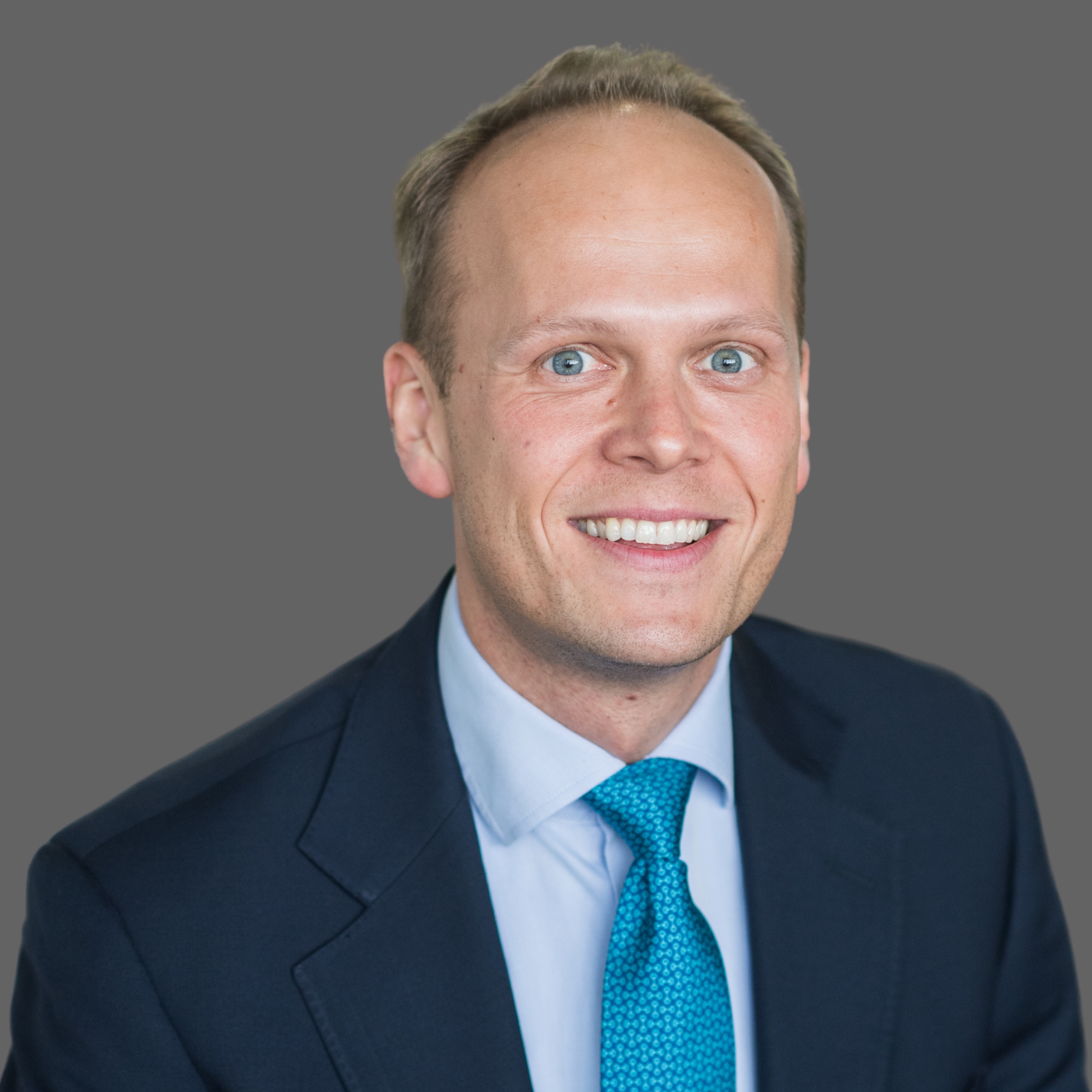

Our speakers
Matthias Baier, German Monitoring Body for EU Due Diligence Obligations in Raw Material Supply Chains (DEKSOR)
There must be order! The tasks of DEKSOR and the regulations for gold (and other commodities)
Matthias Baier: There must be order! The tasks of DEKSOR and the regulations for gold (and other commodities)
At the Future Forum Precious Metals 2025 in Frankfurt, Matthias Baier, Head of the German Control Authority EU Due Diligence in Commodity Supply Chains (DEKSOR), presented the current status of European regulation on "conflict minerals". His presentation made it clear that anyone importing precious metals today bears responsibility - for human rights, for the environment and for transparency. "An orderly supply chain is not just a question of compliance, but of credibility," said Baier.
Conflict commodities under observation
EU Regulation 2017/821 focuses on the four so-called "3TG" raw materials: tin, tantalum, tungsten and gold. Gold in particular is suspected of originating in many cases from conflict-affected and high-risk areas (CAHRAs) - for example from eastern Congo, but also increasingly from regions in Latin America, Myanmar and Nigeria. Baier explained: "Illegal taxation, organized crime and the financing of armed groups turn many supply chains into high-risk zones".
Due diligence obligations - specific and binding
The EU obliges importers ("Union importers") to set up a risk management system, carry out audits and disclose the origin and inspection processes. In conflict regions in particular, companies must prove that they are complying with their due diligence obligations in accordance with the OECD guidelines. DEKSOR has been reviewing these obligations in retrospective inspections since 2022 - with a clear need for action: "43 % of the companies inspected in 2024 did not comply with their disclosure obligations," criticized Baier.
Small-scale mining - risk and opportunity at the same time
A special focus was placed on artisanal small-scale mining. Although around 10-20 % of the world's gold comes from this source, the conditions are often precarious: a lack of occupational health and safety standards, child labor and hardly any traceability. Nevertheless, Baier also sees potential: "Responsibly designed small-scale mining programs such as Fairmined or Swiss Better Gold can promote development and reduce risks at the same time".
Where does the gold come from? Difficult traceability
The lack of transparency along the supply chain is a major problem. Traceability often ends at the refinery - but the origin and testing methods remain in the dark. In one example, Baier reported on a German company that asked a Swiss refinery about the origin of the gold - and was only told that it was LBMA-certified. "Certificates are no substitute for reliable data," said Baier. The responsibility remains with the importers.
Risk assessment instead of risk avoidance
A key objective of the EU regulation is not the avoidance of every potential risk (as in the US Dodd-Frank Act), but the conscious assessment and mitigation of risks. This means that companies should take responsibility even if they source from problematic regions - provided they create transparency and actively combat abuses.
Audit obligations and certification gaps
DEKSOR criticizes the sometimes incomplete disclosure of audit reports. Many refineries refer to trade secrets, which significantly limits transparency, according to Baier. The blind use of industrial "smelter lists" (e.g. from the LBMA) is also critical: "Not every compliant refinery also meets the EU Commission's requirements." Detailed test reports and individual assessments are needed - not checklists.
Facts and figures - a balance sheet
According to DEKSOR data, around 60 tons of gold were imported into Germany in 2023 - a decrease compared to 2021. The largest countries of origin are Switzerland (over 70 %), the United Kingdom, Brazil and the USA. Strikingly, Russia was still represented with 5 % in 2022 - despite geopolitical tensions. Control remains difficult, as the origin of an ingot cannot always be proven beyond doubt.
A change in mentality is necessary
In conclusion, Baier appealed to the industry: "Risk management is not a bureaucratic compulsory program, but an expression of a new entrepreneurial self-image." Only through transparency, personal responsibility and cooperation with civil society can credibility in the precious metals markets be secured in the long term.
Conclusion: responsibility needs structure
The presentation clearly showed that the path to an ethically responsible raw materials industry leads through binding standards, comprehensible processes and consistent controls. DEKSOR sees itself not only as an inspection body, but also as a partner to companies on the path to greater sustainability - with a goal that Baier summed up in one sentence: "There must be order."
Biography: Matthias Baier (born 1970) specialized in development cooperation, European integration and globalization during his studies in economics. With over 25 years of experience in international cooperation, he was project coordinator at the Federal Institute for Geosciences and Natural Resources (BGR) from 2009 and supervised the certification project for "conflict minerals" in the DR Congo. Since 2019, he has headed DEKSOR at the BGR and uses his expertise in the practical implementation of due diligence obligations in raw material supply chains.
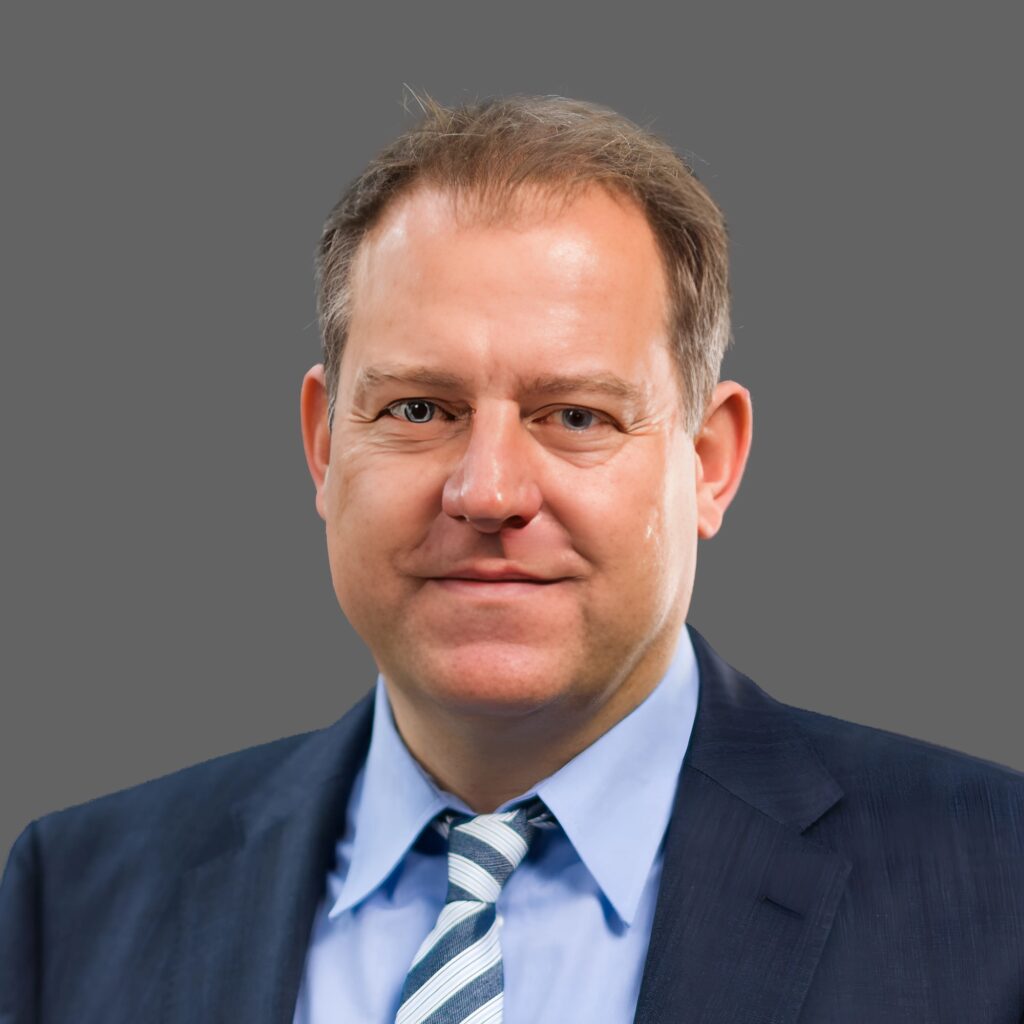


Florian Bulling, FEM Research Institute
Precious metal applications, including renewable energies: New technological trends in silver and platinum metals.
Technological advances in platinum metals and silver: materials for the green age
The energy transition is not only changing power sources, but also the material basis of technology. Florian Bulling, engineer at the Research Institute for Precious Metals and Metal Chemistry (FEM) in Schwäbisch Gmünd, presented current developments relating to silver and the platinum metals in his lecture at the Precious Metals Future Forum. The focus was on questions of material efficiency, substitution and the role of precious metals in future technologies such as photovoltaics and hydrogen mobility.
Bulling emphasized right at the beginning that the role of precious metals is fundamentally shifting: away from classic applications such as exhaust gas catalytic converters and towards high-tech solutions in the field of renewable energies. This development is driven by technological progress as well as economic and ecological pressure.
Photovoltaics in focus: less silver, same output
Silver continues to play a central role in the production of solar cells - but the high amount of material used has been a limiting factor until now. New printing techniques such as multi-busbar technology (MBB) now make it possible to use significantly less silver. This trend is complemented by the substitution of silver pastes with electroplated copper.
The results are impressive: according to Bulling, silver consumption per photovoltaic module can be reduced by up to 70 percent. This not only reduces production costs, but also improves scalability - an important step for the global expansion of renewable energies while at the same time conserving resources.
High-performance batteries: Silver as a strategic niche material
In addition to PV technology, silver is also a key material in another area: silver-zinc batteries. These are characterized by a very high energy density and are among the most powerful rechargeable battery types available. Their use is primarily focused on special applications where compactness, lightness and reliability are crucial.
According to Bulling, typical fields of application are medical technology - for example in hearing aids or pacemakers - as well as aerospace and military technology. Here, silver enables the short-term provision of high energy outputs, even under extreme conditions. This shows that even if the mass consumption of silver in this area is low, it has a high strategic value.
Platinum metals in the fuel cell era
The second focus of the presentation was on platinum metals - especially platinum - in the hydrogen economy. While the classic exhaust gas catalytic converter is becoming less important, new applications such as fuel cells are coming to the fore. Targeted materials research has made it possible to drastically reduce the proportion of platinum - for example by using platinum-cobalt alloys in catalytic converters.
Bulling referred to the Mercedes-Benz GLC F-CELL, in which the platinum content has been reduced by up to 90 percent compared to previous generations. At the same time, the service life of the systems has been increased. Bosch and the Nikola Motor Company are also relying on new catalytic converters in their fuel cell trucks - an indication that the industry is heading towards series production and cost efficiency.
Europe in transition: growing strategic relevance
According to Bulling, the overall picture is clear: Europe is in the midst of a technology-driven transformation. Precious metals such as silver and platinum are needed less and less for traditional applications - their use is increasingly focused on strategically important future technologies. Platinum is becoming an enabler of the hydrogen economy, silver a raw material for electrification and solar energy.
Although consumption per unit is falling due to material savings (thrifting), the growing number of applications and products is increasing the overall demand in absolute terms. This development poses new challenges for industry, research and politics - for example in the areas of security of supply, recycling and price volatility.
Outlook: Innovation pressure and the circular economy are key
Florian Bulling concluded his presentation by outlining a vision for the future based on a combination of material innovation and the circular economy. Only if we succeed in using precious metals more efficiently, substituting them and at the same time recycling them consistently, can the energy transition also succeed sustainably on a material level.
According to Bulling, research makes a key contribution here. It not only opens up technological scope, but also pushes economic boundaries. It is now crucial to transfer these advances to industrial processes and develop long-term supply concepts. Precious metals therefore remain a central but changeable component of the energy transition.
Biography: Florian Bulling studied materials science at Aalen University until 2017 and has been a research assistant at the fem research institute in Schwäbisch Gmünd since then.
Thanks to numerous projects in the precious metals sector, he has extensive specialist knowledge
to evaluate future trends. Since the end of 2024, he has headed the metallurgy department at the fem, which deals with research and services for precious metals. His focus is on investment casting of highly reactive alloys, the additive manufacturing of ceramic crucibles and molds and the development of new precious metal alloys.

Ruth Crowell, London Bullion Market Association
Greeting: The work of the LBMA
"We are not running out of gold" - the global gold market between stability, booming demand and new requirements
Increasing global uncertainty and economic upheaval have reignited interest in gold - but this also raises questions about availability, market transparency and the long-term role of the precious metal. Ruth Crowell, CEO of the London Bullion Market Association (LBMA), provided an incisive and fact-filled analysis of the current situation at the Precious Metals 2025 Future Forum in Frankfurt. Her central message: the supply of physical gold is secure, but the demands for transparency and integrity are increasing.
A stable market despite growing tensions
"We are not running out of gold," Crowell emphasized right at the beginning - a clear rejection of circulating rumours of an impending physical shortage. Despite geopolitical turbulence, high demand and nervous financial markets, the gold market is structurally intact. Gold leasing rates have eased recently, which speaks for a healthy liquidity situation. The LBMA does not currently see any systemic bottlenecks, but rather a market that is characterized by stability and adaptability.
Macroeconomics, uncertainty and central banks drive the gold price
Crowell analyzed the most important factors currently driving the gold price: continued purchases by central banks - particularly from emerging markets - gold as a neutral reserve currency, ongoing geopolitical tensions and institutional investors' need for security. "The world is becoming more chaotic and gold remains a safe haven," she explained. The World Gold Council confirmed this assessment with current figures: Over 1,000 tons of gold were purchased by central banks alone in 2024 - the third record year in a row.
Demand at a historic high - with a new weighting
Total demand for gold reached an all-time high of almost 5,000 tons in 2024, both in terms of volume and value. This boom was driven by various pillars: stable demand for bars and coins, rising investments via ETFs, robust demand for jewelry (despite a price decline in China, but strong growth in India), as well as growing demand in the technology sector - partly due to the AI boom. The global supply situation kept pace: gold mine production also reached a new record level in 2024.
Transparency as a key quality criterion
One of Crowell's key concerns was transparency along the entire supply chain. Today, investors - both institutional and private - rightly expect traceable proof of origin for physical gold. The claim "from rock to ring" describes the expectation that the path of the gold can be traced from its origin to the end product. The LBMA is continuously working to improve the standards for origin, ESG criteria and market conduct. "Integrity is not an option - it is a requirement," emphasized Crowell.
Regional differences - global dynamics
The presentation also highlighted regional differences in the demand for gold. While Asian markets - especially India - recorded strong physical demand in 2024, the West remained hesitant. ETF inflows from Europe and North America only increased in the second half of the year, while physical investments continued to lag behind expectations. However, the World Gold Council sees potential here: with falling interest rates and increasing uncertainty, Western investors could soon return in greater numbers.
Gold as a counterweight to monetary erosion
Crowell also spoke about the structural challenges facing global financial systems. In times of currency devaluation, rising government debt and growing economic polarization, gold fulfils an important function as a stable counterweight. Family offices and long-term investors in particular have recognized this - also due to the trend towards "de-dollarization" in parts of the world.
Recycling and mine production - two stable pillars of supply
On the supply side, the figures presented a clear picture: both primary mining and the recycling of old gold increased in 2024. The rising gold price increased the margin for mine operators and at the same time stimulated the return of jewelry and old gold to the cycle. This also consolidated the role of gold recycling as an environmentally friendly addition to traditional mining - an aspect that is particularly important for ESG-oriented investors.
The changing role of the LBMA
The London Bullion Market Association is increasingly positioning itself as a global authority for market transparency and standard setting. In addition to the certification of refineries and the maintenance of "Good Delivery" lists, the LBMA is involved in multilateral dialogs with regulatory authorities, NGOs and market participants. The aim is to create uniform standards that ensure both the integrity of trade and investor confidence.
Conclusion: Gold remains reliable - under clear conditions
Ruth Crowell painted a differentiated picture of the gold market in Frankfurt: robust, but challenging; globalized, but reliant on trust. Her conclusion was: "We have enough gold - but we need to do more to make its origin, its trade and its impact transparent." In an increasingly complex financial environment, gold remains a stable asset - if it is traded under clear, comprehensible and responsible conditions.
Biography: In her tenure as CEO of LBMA, Ruth is responsible for the governance, commercial and transparency overhaul of the LBMA and the Loco London precious metals market. Her experience as a human rights expert helped her successful creation of the LBMA’s Responsible Sourcing Programme, which covers all Good Delivery Refiners processing 92% of gold mined annually. Ruth is also a Non-Executive Director for Wilton Park (Executive Agency of the UK FCDO) and a Trustee for Human Rights at Sea. She also continues to serve as Vice Chair of the OECD Multi-Stakeholder Governance Group for Responsible Minerals.
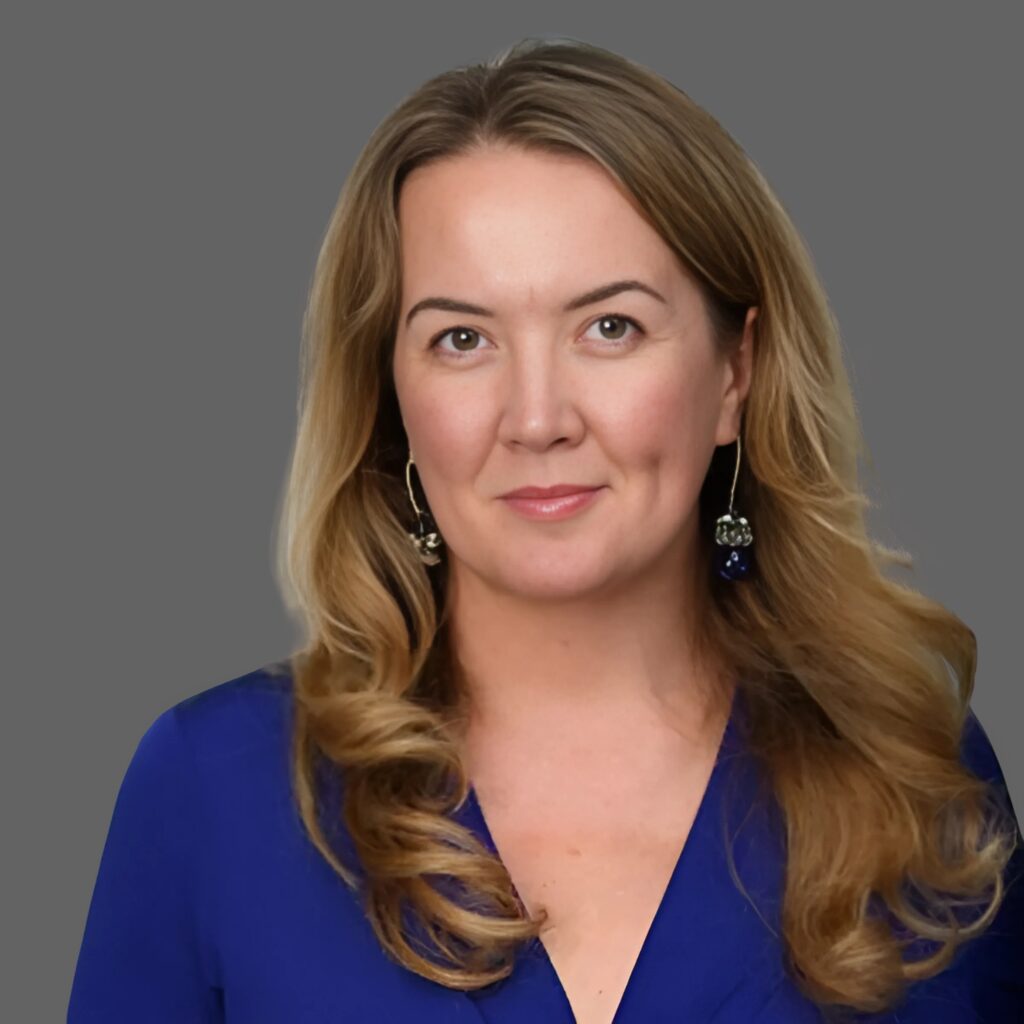

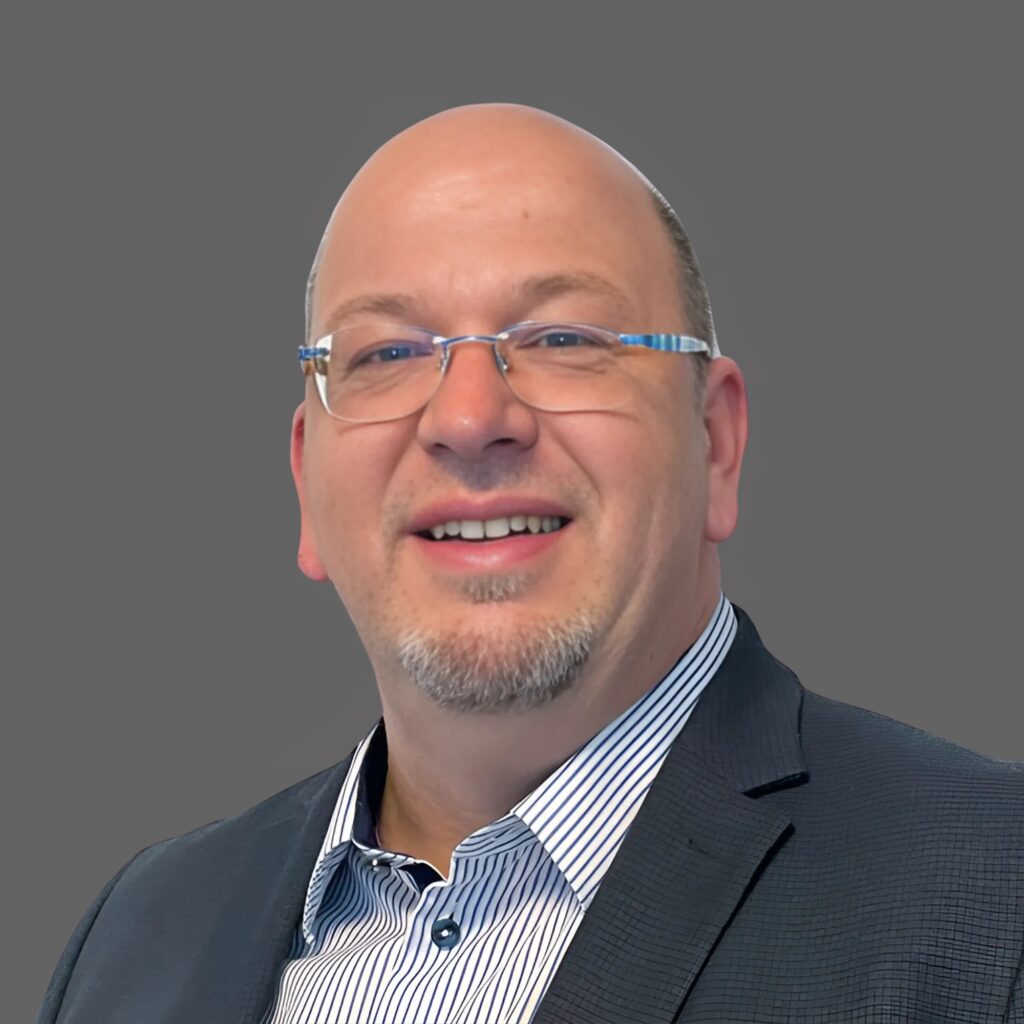
Michael Eubel, BayernLB
Prefer physical, prefer non-physical? Silver and the platinum metals as investors' stepchildren.
Silver and the platinum metals - underestimated precious metals with potential and challenges
Silver, platinum and palladium are often overshadowed by gold - wrongly so, as Michael Eubel, Director and Head of the Precious Metals Department at BayernLB, emphasized at the Future Forum Precious Metals 2025. In his presentation, he drew a differentiated picture of the so-called "white metals", which are both industrial raw materials and investment vehicles - each with their own dynamics, opportunities and risks.
Between material and investment: the special role of silver
Silver plays a dual role among precious metals: it is virtually irreplaceable in industrial terms, but is also popular with investors. "Silver is not a classic crisis metal like gold, but a hybrid between a material and a store of value," explained Eubel. This special position is also reflected in the price trend: industrial demand continues to rise, but investment demand has recently fluctuated sharply - not least due to regulatory interventions such as the end of differential taxation in Germany in 2023.
Physical or non-physical - a question of access
Eubel presented various forms of investment in the white metals - from traditional bar and coin purchases to ETFs with physical backing to mining shares or certificates. He made it clear: "Access to the market often determines the perception of the metal." While gold is highly emotionally charged, price, volatility and tax aspects play a major role with silver and platinum. In the case of platinum metals in particular, physical purchases outside of duty-free warehouses are not very attractive due to VAT.
Platinum metals: industrial importance, but investment backlog
Platinum and palladium are key raw materials for catalytic converters, sensors and electronics - and are therefore essential for the automotive, chemical and energy industries. However: "Demand from the automotive industry is declining, especially for palladium," warned Eubel. The reason for this is the increasing spread of e-mobility and the gradual loss of importance of the petrol engine. At the same time, political uncertainties - particularly in South Africa, the main producing country - are creating supply risks.
The silver outlook for 2025: volatility is a deterrent
For the current year, Eubel expects silver to continue to correlate closely with the price of gold. However, the high volatility is a deterrent for many private investors. In addition, there is already a recognizable trend in industry to substitute silver with cheaper metals - for example in photovoltaics. Nevertheless, silver remains an important investment metal in the medium term: "Not as the ultimate insurance like gold, but definitely interesting as a speculative addition," says Eubel.
Platinum 2025: More opportunities than palladium
Eubel sees a more positive picture for platinum: the metal could become more attractive in 2025 due to a solid fundamental situation - for example due to its role in the hydrogen sector and the jewelry industry. Although there are geopolitical uncertainties, particularly in South Africa, the mining potential is basically there. Demand from the jewelry industry is likely to increase slightly, which could provide additional impetus.
Palladium under pressure: declining applications, limited alternatives
The outlook for palladium is gloomier. Demand from the automotive industry - once the main driver of the market - is threatening to collapse. New industrial applications are also currently not in sight. Eubel therefore believes it is likely that palladium will fall further out of favor with investors in 2025. Only geopolitical factors such as sanctions against Russia or US tariffs could support the price - but without sustainable fundamental data.
Historical development and market data: A differentiated view
Eubel underpinned his analysis with extensive data series - for example on the development of silver, platinum and palladium prices since the 1980s. The different price volatility of the metals became particularly clear. While gold has remained comparatively stable, the white metals have been subject to sometimes violent swings - a factor that makes them less attractive for risk-averse investors, but at the same time opens up speculative opportunities.
Industrial relevance remains high - despite declining visibility
Despite all the market weaknesses, Eubel emphasized the strategic importance of platinum metals. Without them, many high-tech applications - from medical devices and hydrogen technologies to glass fibers - would be inconceivable. He reminded the audience that platinum metals are mined almost exclusively as a by-product - especially in South Africa and Russia. "This makes them even more sensitive to geopolitical upheavals," he pointed out.
Precious metal investments must be viewed in a differentiated way
One of Eubel's main concerns was not to lump all precious metals together. Each metal has its own market mechanisms, extraction structures and areas of application. Investors need to understand these differences before they invest. "Silver, platinum and palladium are not gold's little brothers - they are independent asset classes with their own dynamics," he emphasized.
Conclusion: white metals need attention - and strategies
Michael Eubel's presentation was a plea for a differentiated view of the precious metal markets. While gold continues to dominate, silver and the platinum metals harbor both risks and potential. The message to investors was that anyone working with these metals should not only look at price charts, but also take industrial trends, geopolitical situations and tax conditions into account.
Biography: Michael Eubel, who holds a degree in banking management (BA), began his career in 1987 at a VR Bank in North Hesse. Via DZ Bank, his career took him to Frankfurt and Berlin before he moved to BayernLB in 1999. He entered the precious metals business in 2006 and took over as head of BayernLB's center of competence for foreign notes and coins/precious metals in 2010. He has been passionate about precious metals ever since. He is 56 years old, married and has two children.

Philipp Goetzl-Mamba, Tradium GmbH
And then there is lithium, rare earths, etc. Is this just a fashion or a real topic for institutional investors? And what does the industry think about investors getting involved here?
"No modern and secure life without strategic metals" - tangible asset investments beyond gold
Technology metals such as gallium, germanium and rare earths do not appear in any traditional precious metal portfolio - and yet they are indispensable for a modern, digital and defensible society. Philipp Götzl-Mamba, Senior Manager Trading at Tradium GmbH, impressively explained at the Future Forum Precious Metals 2025 why strategic metals are increasingly becoming the focus of institutional and private investors as tangible assets. "These commodities are systemically relevant - both economically and in terms of security policy," he concluded.
More than just a fashion theme
The presentation made it clear right from the start that this is not a short-lived trend, but a structural development. Gallium, germanium, dysprosium and neodymium are central components in chips, solar systems, fiber optic technology, magnets and night vision devices - in short, in many key technologies of the 21st century. "The number of applications is growing - but the availability of these metals remains limited," emphasized Götzl-Mamba.
Dependence on China: a geopolitical risk
The geopolitical dimension is particularly explosive: over 90 % of global gallium and germanium production comes from China. Since the end of 2024, their export to the USA has been subject to restrictions even when buyers from third countries are involved. "We are at the beginning of a new raw materials cold war," warned Götzl-Mamba. Europe is currently still in a bystander role - although metals are essential for defence, energy technology and digitalization.
Gallium & germanium: Systemically relevant and under pressure
Using the two case studies of gallium and germanium, the speaker showed how closely intertwined production, demand and politics are today. Both metals are by-products of zinc and aluminium production, difficult to recycle and highly specialized in their application. Global demand for gallium is around 1,000 tons per year, and for germanium around 360 tons - and rising. A supply shortfall would have a direct impact on high-tech industries, particularly in Europe.
Rare earths: Technologically indispensable, economically problematic
Rare earths - especially in magnet production - are another pillar of strategic raw materials. Around 30 % of magnet demand comes from electromobility and a further 16 % from air conditioning technology. Despite their importance, these raw materials are currently suffering from a fall in prices that is even affecting Chinese producers. This makes investments risky - but also rich in opportunity. "The markets are small, but the impact is big," explained Götzl-Mamba.
Recycling remains a challenge
Another structural problem is that the recycling rates for strategic metals are extremely low. Due to the low quantities used and complex alloys, economic recovery has hardly been possible to date. As a result, almost all raw materials have to be mined anew - often under difficult political and environmental conditions. This is another reason why the EU is calling for more in-house extraction and diversification in its Critical Raw Materials Act.
Strategic metals as tangible assets: opportunities and limits
As an investment, strategic metals offer interesting diversification - especially for investors who prefer tangible assets with real benefits. However, Götzl-Mamba also emphasized the limitations: The low market liquidity, storage costs and VAT liability (except for storage in duty-free warehouses) require specific knowledge and suitable partners. "It is not a mass product - but an intelligent building block for future-oriented portfolios."
Defense, energy, high-tech - raw materials of the next decade
The security policy paradigm shift forms the overarching framework. Raw materials such as gallium and germanium are not only important economically, but also strategically: in defense, in the energy sector, in microelectronics. "Technological sovereignty begins with raw material sovereignty," is the central thesis. Europe urgently needs to catch up here - through its own production, strategic reserves and targeted investment incentives.
Industry versus investors: two sides of a supply chain
The industry's perspective was also part of the presentation: Not every raw material producer likes to see investors in "their" market. The additional demand can drive up prices and make the procurement of raw materials for industrial applications more expensive. Götzl-Mamba therefore advocated a balanced interaction between producers, processors and investors - ideally within the framework of long-term partnerships.
Conclusion: Strategic metals deserve strategic thinking
Philipp Götzl-Mamba pleaded for a sober, fact-based approach to strategic metals - beyond gold, but not beyond reason. The asset class is small, volatile and technical - but with a great future. Those who take a closer look at this market can exploit economic opportunities and contribute to commodity security at the same time. "It takes expertise, foresight - and the willingness to think outside the box."
Biography: Philipp Götzl-Mamba has been Senior Manager Precious Metals at TRADIUM GmbH since August 2021 and is responsible for expanding the precious metals business. After training as an industrial clerk at Heraeus, he started in sales for precious metal chemicals before switching to precious metals trading in 2014 and completing his B.A. degree at the same time. His extensive market expertise contributes to the development of TRADIUM as a leading commodity brand in the strategic metals sector. He is married and the father of three children.
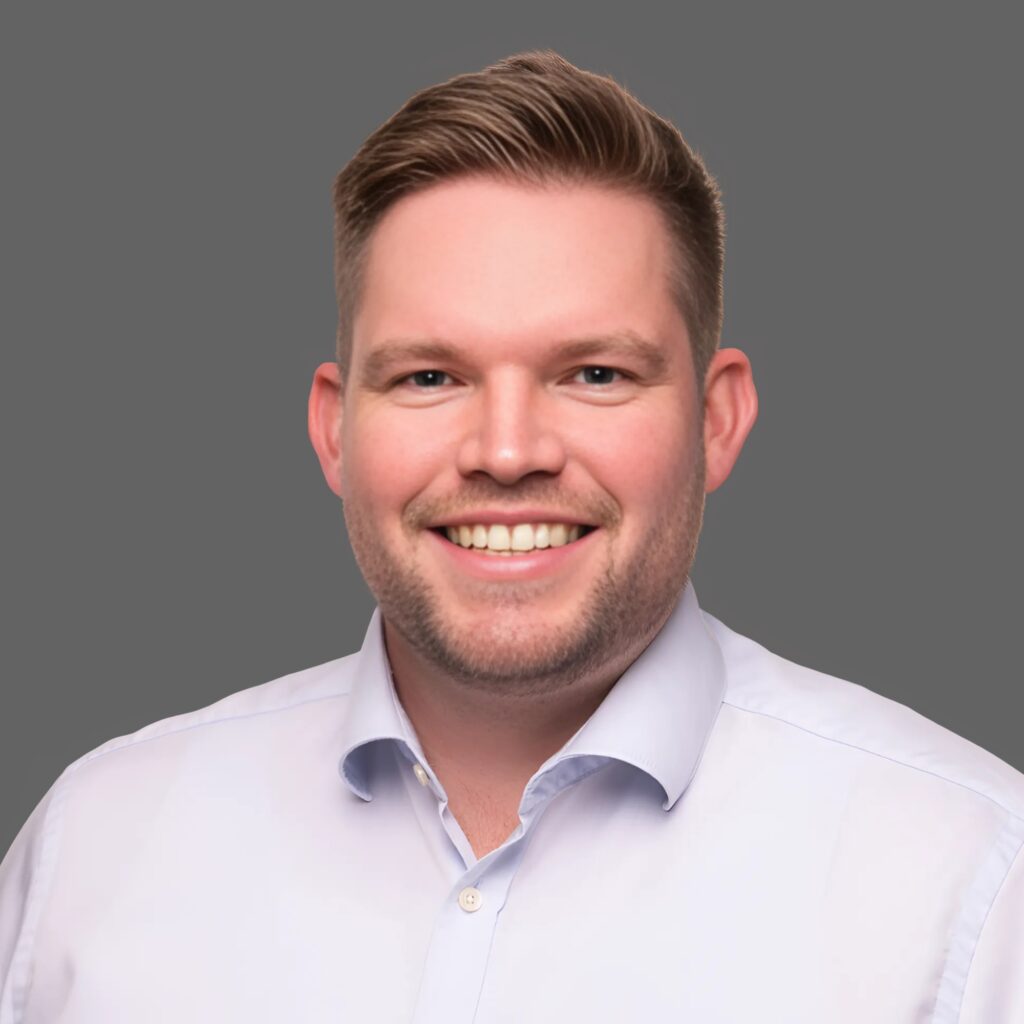

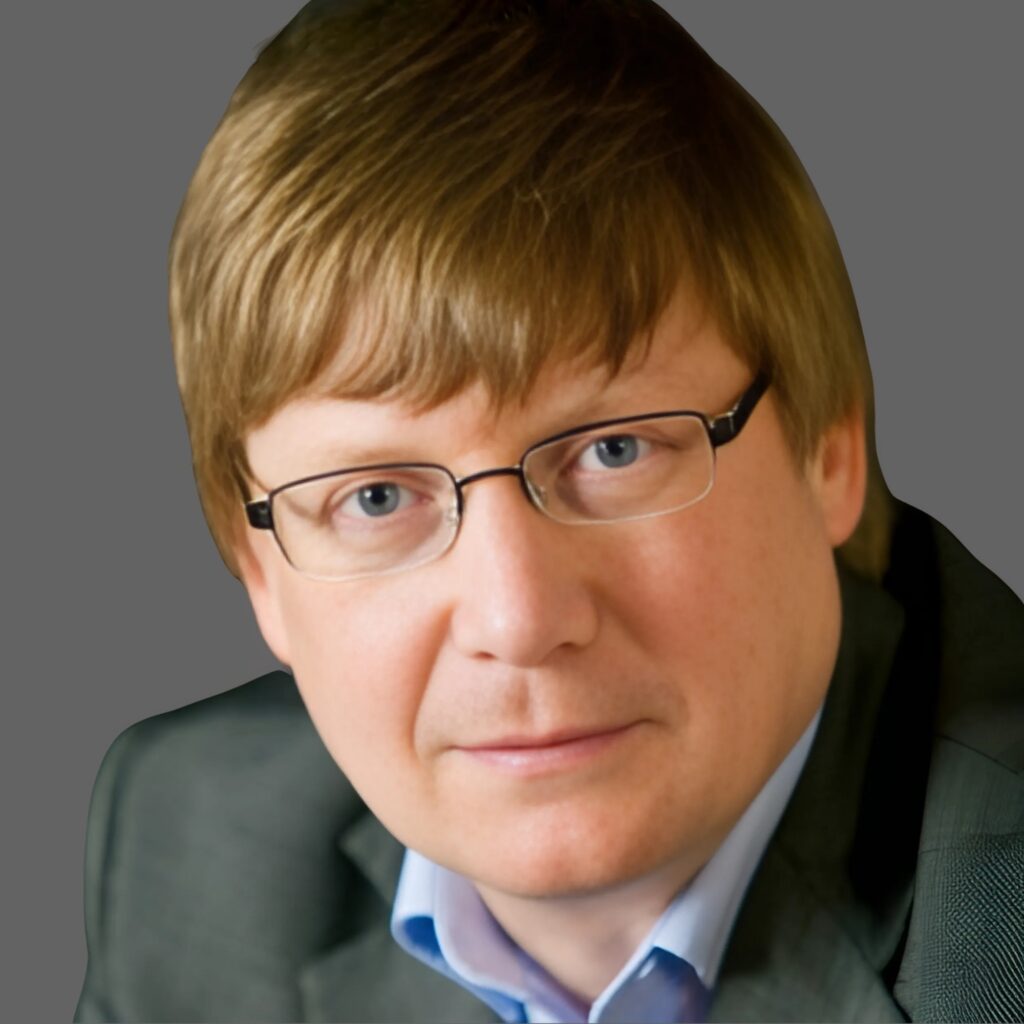
Christian Hiller von Gaertringen, Africa Partners GmbH
Africa as a secure supplier of precious metals and raw materials? Using the example of West Africa for gold and South Africa and Zimbabwe for the indispensable platinum metals: what is the current situation, what role do Russia and China play, what does the future hold?
Great prospects? West Africa and southern Africa as the main source countries for gold
Africa is one of the most resource-rich regions in the world - and yet the continent is considered politically fragile in many places. At the FutureForum Precious Metals 2025 in Frankfurt, financial journalist Christian Hiller von Gaertringen drew a differentiated picture of the two most important gold-producing regions in Africa: West Africa and Southern Africa. "The geological conditions are excellent - but the political reality remains complicated," said Hiller.
The myth of gold - between past and present
Gold has a long and symbolic tradition on the African continent. Even Mansa Musa I, ruler of the medieval Mali empire, transported so much gold to Mecca that he shook the economy of Egypt. Today, countries such as Ghana, Mali, Burkina Faso and South Africa together contribute around 27 % to global gold production - with annual output in the three-digit ton range.
West Africa: great potential, great risks
The so-called Trans-Saharan belt in particular - from Guinea to Mali and Burkina Faso - is home to immense gold deposits. However, in many places, mining takes place informally or illegally. The region is characterized by coups d'état, jihadist terror and geopolitical influence. "West Africa is on the brink of becoming a failed region," warned Hiller. The case of Resolute Mining, whose CEO was detained in Mali for ten days, is just one example of the precarious security situation.
South Africa: Stabilization with historic backing
The situation in southern Africa is quite different. South Africa can look back on over 150 years of gold mining tradition, the origins of which go back to the discovery of rich deposits in the Johannesburg area. Today, international mining groups and large South African companies dominate the market. Mining is mostly carried out underground - technically complex, but geologically rewarding. Following the historic 2024 election, in which the ANC lost its majority, there is growing hope for political renewal: "The prospects for a reliable raw materials policy are brightening," says Hiller.
Looking ahead: concentration and standardization
The gold market on the African continent is changing. Hiller predicts increasing concentration among producers and a stronger focus on international ESG standards. In South Africa in particular, which according to IMF forecasts is likely to show moderate growth again in the coming years, a professionalization of the mining administration is foreseeable.
China, Russia and global competition
Hiller did not fail to mention the geopolitical ambitions of other world powers. Russia and China are increasingly securing influence in resource-rich regions of Africa - partly through direct investment and partly through military presence. "The big planes that land at night and load raw materials are not a myth - they are reality," said Hiller pointedly.
Tension between development and exploitation
International demand for gold remains high - but it comes up against fragile states with weak governance. Hiller spoke out in favor of a sustainable investment approach that focuses on both legal certainty and local value creation. The current practice of simply moving on in the event of political risk is not sustainable in the long term, either for investors or for the population.
Regional differences, global significance
While daylight-based mining methods dominate in West Africa, underground mining in South Africa offers higher yields with better technical control. The international commodities market will therefore continue to be strongly influenced by African developments in the future - both in terms of supply security and ESG criteria.
Call for a clear European strategy
One of Hiller's appeals was directed at European policymakers: Europe must not allow itself to be left behind when it comes to raw materials. Instead of relying on volatile markets, strategic partnerships and long-term investments in African production regions are needed - with a focus on sustainability and political stability.
Conclusion: Gold from Africa - a future with conditions
Africa remains a key supplier for the global precious metals market. However, the challenges are complex: "Without political stability, sustainable commodity trading will not be possible," concluded Hiller. With this presentation, the ZukunftsForum offered a realistic, differentiated view of a region caught between resource wealth and geopolitical fragility.
Biography: Christian Hiller von Gaertringen is an experienced business journalist with a focus on financial markets and economic developments in Africa. He publishes the weekly blog Capital News Africa. After studying economics in Lyon and Vienna, he graduated from the Université Lumière Lyon 2 in 1990. He began his journalistic career with a traineeship at the Georg von Holtzbrinck School for Business Journalists. He then worked as an editor for Wirtschaftswoche, Die Welt, Le Monde and for 16 years for the Frankfurter Allgemeine Zeitung (FAZ). He is the author of several books.

Dr. Michael Liesegang, Federal Institute for Geosciences and Natural Resources
Raw materials strategy and raw materials policy. How are Germany and Europe strategically positioned in the battle for scarce raw materials now and in the future?
Raw materials under pressure - How Germany and Europe want to strategically secure their supply
"Germany is a country rich in raw materials - and yet highly dependent on imports." Dr. Michael Liesegang from the Federal Institute for Geosciences and Natural Resources (BGR) opened his presentation at the Future Forum Precious Metals 2025 with this diagnosis. As head of the German Mineral Resources Agency (DERA), he gave a comprehensive insight into the challenges and strategies of German and European raw materials policy - between geopolitical change, growing criticality and increasing global demand.
Critical raw materials - between availability and dependency
The list of raw materials classified as critical or strategic is getting longer and longer: lithium, gallium, rare earths, platinum group metals, graphite - they are all essential for future technologies such as electromobility, digitalization or armaments. Germany sources over 70 % of many of these metals from individual supplier countries - particularly China. Take gallium, for example: 90 % of global production comes from the People's Republic. Liesegang warned: "One-sided dependencies are not an option for a resilient industry."
Raw materials policy: companies have a duty, the state as a regulatory framework
According to Liesegang, the central point of the German raw materials strategy is the clear distribution of roles: "The main responsibility for supply lies with the companies." The state merely creates the framework with its policies - for example through monitoring, promoting strategic projects and international partnerships. The aim is to diversify sources of supply, build up recycling capacities and work with partner countries to implement high ESG standards.
Recycling as a pillar, not a panacea
Despite the great importance of recycling, Liesegang made it clear: "Secondary raw materials cannot replace primary demand." The recycling value for 11 metals in Germany is currently around 34 billion euros - this corresponds to around a third of all metal imports. For specialty metals, however, there is often a lack of reliable data and technical requirements. Nevertheless, the national strategy sees enormous potential here - and aims to remove obstacles with a circular economy strategy.
The National Raw Materials Fund - leverage for strategic projects
The National Raw Materials Fund, which began its work in 2025, is a novelty in German raw materials policy. It is intended to support strategic projects in raw materials extraction, processing and recycling with up to one billion euros - in Germany and worldwide. KfW assesses projects and DERA provides technical support. Funding is only available for raw materials that are considered critical or strategic according to the EU definition. "We want to build resilience in a targeted manner - not everywhere, but where it is most important," says Liesegang.
The EU is following suit: The Critical Raw Materials Act
At European level, the Critical Raw Materials Act (CRMA) provides additional tailwind. It sets quotas - for example, that no more than 65 % of a critical raw material may come from a single third country - and promotes strategic projects along the entire supply chain. By the beginning of 2025, the EU Commission had already received 170 project applications - eleven of them from Germany. Implementation is carried out with the involvement of the member states and their specialist institutions such as DERA.
Market analyses, price monitoring, risk assessment
A key area of DERA's work is commodity monitoring: it regularly analyzes 79 commodities in terms of availability, price trends and market risks. A new report on rare earths, manganese and vanadium has been announced for 2025. The agency also prepares studies on raw materials for future technologies, identifies strategic projects and advises industrial companies on the procurement of raw materials. Liesegang emphasized: "Data and knowledge are crucial for making strategic decisions."
International alliance: The Minerals Security Partnership
Germany is also involved in the "Minerals Security Partnership" - an alliance of more than 15 countries and the EU Commission - in order to secure global supplies. The aim is to establish responsible, resilient supply chains for critical raw materials under high ESG standards. Partner countries include Canada, Australia, the USA, Japan and South Korea. Another instrument is the German Mining Network, which maintains contacts with mining and project countries such as Ghana, Peru, Brazil and Mongolia.
Circular economy, digitalization, innovation
The German circular economy is to become the second source of raw materials - for example through the development of digital platforms for traceability, simplified waste regulations and incentives for environmentally friendly design. At the same time, new regulations are being developed, for example for the end-of-waste status of building materials or digital product passports (DPP). The German government is increasingly focusing on the idea of "real laboratories" for the practical testing of innovations.
Conclusion: A lot to do - but the direction is right
Dr. Michael Liesegang summarized: "Raw materials policy is security policy." The combination of global competition, technological change and geopolitical tensions requires new ways of thinking and acting. Germany and the EU are on the right track - with clear strategies, new instruments and a growing awareness of the problem. The decisive factor now is implementation - in partnership between the state, industry and science.
Biography: Dr. Michael Liesegang holds a doctorate in metallurgy and began his career as a research assistant at Clausthal University of Technology. After completing his doctorate in 1998 on pyrometallurgical copper refining, he took on management positions in the metal processing and recycling industry. He gained international experience as a project manager in Canada, Australia and Iceland. Since November 2021, he has been a scientist and project manager at the German Mineral Resources Agency at BGR, Berlin. He has extensive expertise in metallurgy, raw materials management and recycling.
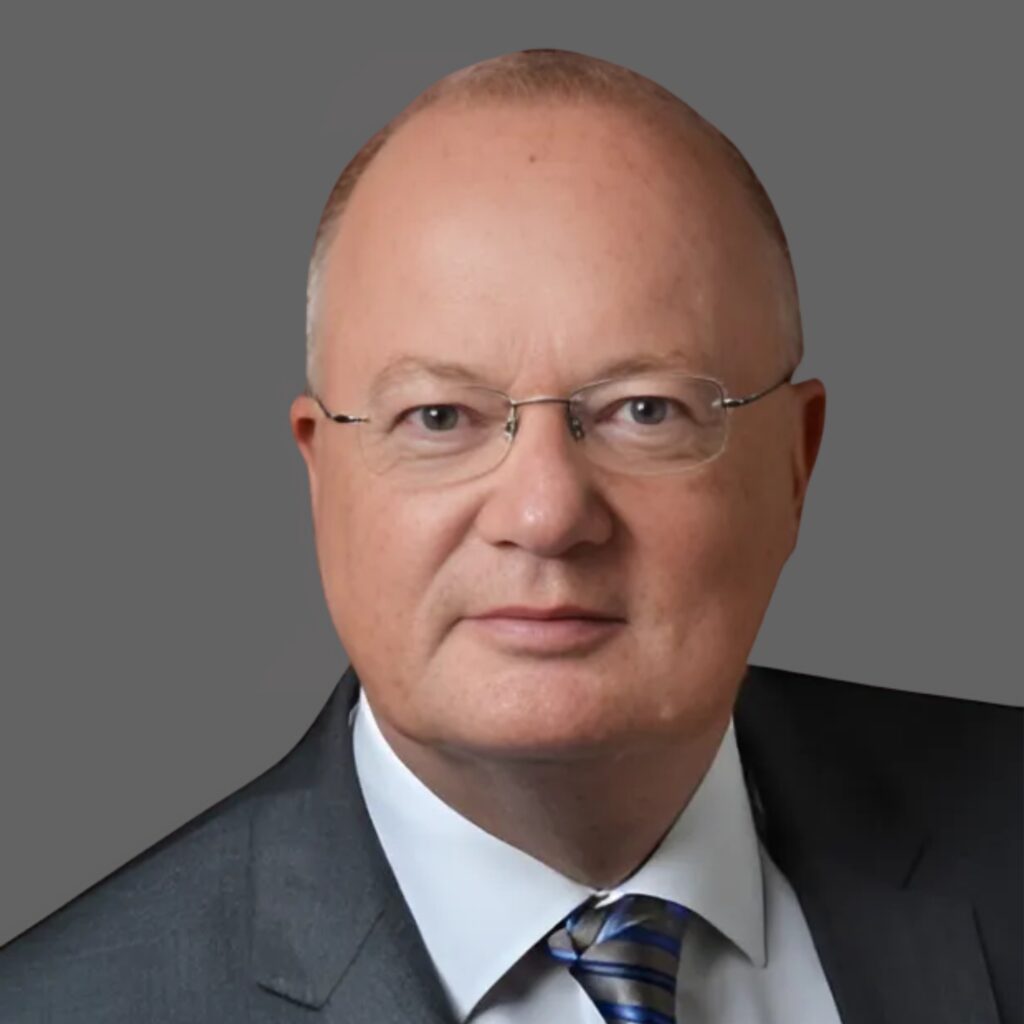

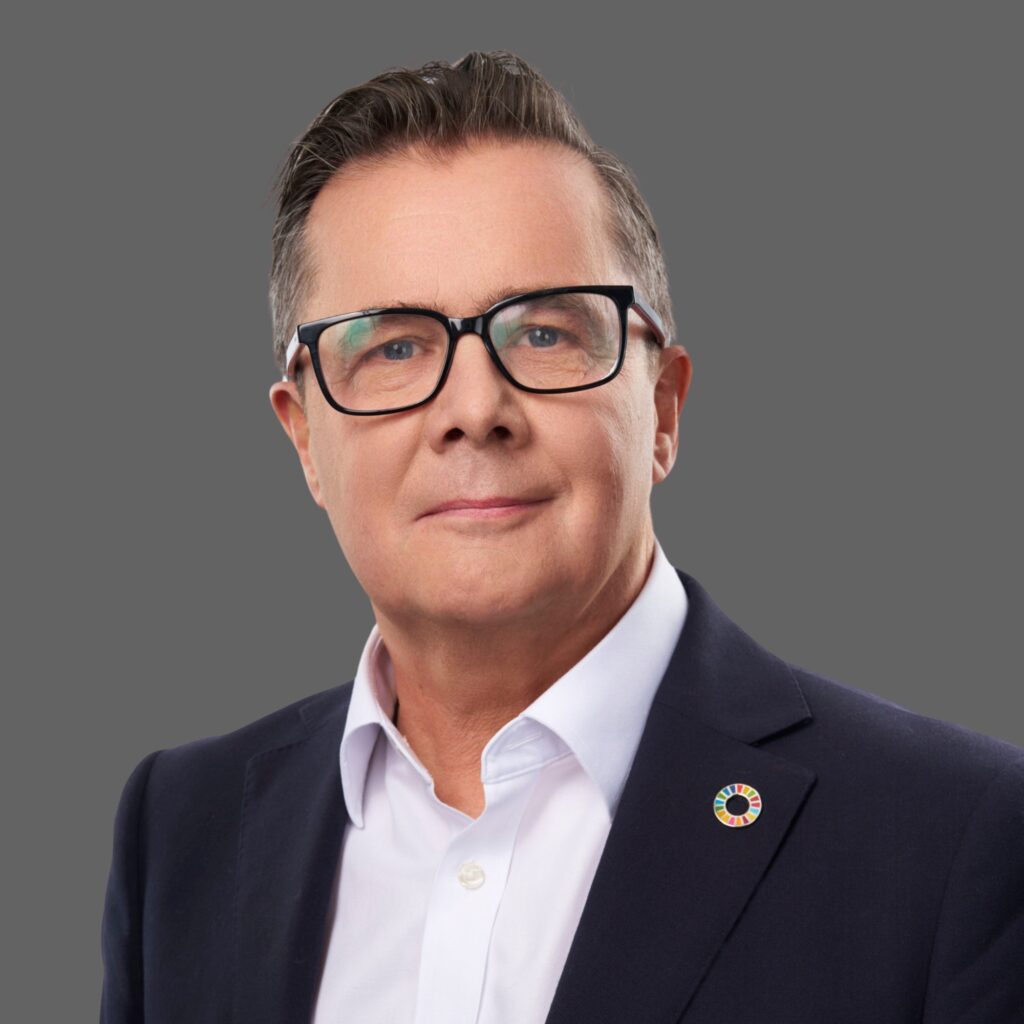
John Mulligan, World Gold Council
Gold's ESG and Sustainability Impacts
Gold and sustainability: ESG as the key to the future of the precious metals sector
The gold sector is undergoing profound change. The World Gold Council (WGC) sees itself as a pioneer in this process - with a clear goal: to position gold not only as a strategic asset, but also as a sustainable and ethically responsible product. John Mulligan, Head of Sustainability Strategy at the WGC, presented the industry's key ESG initiatives and sustainability goals at the Precious Metals 2025 Future Forum.
His presentation focused on the "Responsible Gold Mining Principles" (RGMPs), a comprehensive framework for responsible gold mining. This was developed together with civil society organizations, investors, governments and market players. Compliance is publicly documented and independently audited - a clear signal of transparency and credibility.
Economic importance with social aspirations
Gold is more than just a store of value - it is an economic driver for many countries in the Global South. John Mulligan emphasized at the Precious Metals Future Forum that the member companies of the World Gold Council contributed over 60 billion US dollars directly to their respective host countries in 2023 - through supplier payments, wages and taxes to the state.
In addition, gold mining directly employs over 213,000 people, with a further 160,000 working as contractors for the industry. Mulligan emphasized that around 95 percent of the workforce comes from the respective country - an important contribution to local value creation and economic development. According to Mulligan, every job in the formal gold sector creates up to ten more in the region.
The dark side: challenges in small-scale mining
A significant part of John Mulligan's presentation was dedicated to the so-called ASGM sector (Artisanal and Small-Scale Gold Mining). Around 15 million people worldwide are directly involved in informal small-scale mining, which accounts for around 20 percent of new production worldwide - but mostly operates outside the legal framework.
Mulligan impressively pointed out the associated risks: environmental destruction, health hazards from mercury, child labor, money laundering and a lack of market connections. The World Gold Council is therefore committed to the formalization of the sector - with the aim of opening up development opportunities, weakening illegal structures and establishing sustainable standards in small-scale mining.
Climate change: decarbonization as an industry strategy
Another key topic of the presentation was climate change. According to Mulligan, around 99 percent of emissions in the gold value chain are attributable to gold mining itself - primarily through fossil fuel-based electricity generation. Decarbonization of this sector is therefore not only possible, but also makes increasing economic sense in the view of the World Gold Council.
John Mulligan presented concrete solutions at the Precious Metals Future Forum, such as switching to renewable energies at remote mining locations, integrating net zero targets into corporate strategies and taking CO₂ price risks into account in investment decisions. Gold can thus also be positioned as a climate-resilient portfolio component.
Adapting to physical risks and promoting resilience
In addition to reducing emissions, John Mulligan also highlighted the physical effects of climate change on gold mining. Extreme weather, water shortages, social tensions and disease are increasingly threatening the stability of many mining regions. Particularly affected: poorer regions with low resilience.
Mulligan pleaded for forward-looking adaptation strategies - for example by incorporating indigenous knowledge systems, working with local stakeholders and systematic risk analyses. The aim is not only to protect the mining infrastructure, but also to strengthen the resilience of the surrounding communities.
Common standards: The new industry declaration
At the end of his presentation, John Mulligan introduced the "Gold Industry Declaration of Responsibility and Sustainability Principles". This industry-wide commitment to responsible corporate governance has been signed by numerous players in the global precious metals industry - including the LBMA, SBMA, CGA, LME and others.
The declaration includes specific ESG goals: Protecting human rights, promoting diversity, climate reporting, reducing emissions, supporting ASGM and transparent reporting. For Mulligan, this is a clear sign: The industry is moving away from voluntary individual initiatives - towards binding, internationally agreed standards.
Biography: John Mulligan is Director of Sustainability Strategy at the World Gold Council and leads the research program on climate change and the dialogue with investors and stakeholders. He also contributes to the World Gold Council's market analysis and communications. Since joining the Council in 2005, he has worked in investment research and later on projects on the socio-economic and sustainability impact of gold. With over 25 years of experience in the financial markets, he has held senior positions in business development, product management and market analysis. He holds degrees from the University of Sussex and Birkbeck College, University of London.

Johan Palmberg, World Gold Council
How do you value Gold?
Biography: Johan Palmberg is a Senior Quantitative Analyst at the World Gold Council and develops quantitative models to provide historical analysis and forecasts on gold and macroeconomic correlations. With over ten years of experience in precious metals research, he has worked for the World Gold Council, the World Platinum Investment Council and as an independent consultant. Previously he worked for a leading European commodity hedge fund. He holds an MSc in Finance from the Hanken School of Economics in Helsinki, Finland.
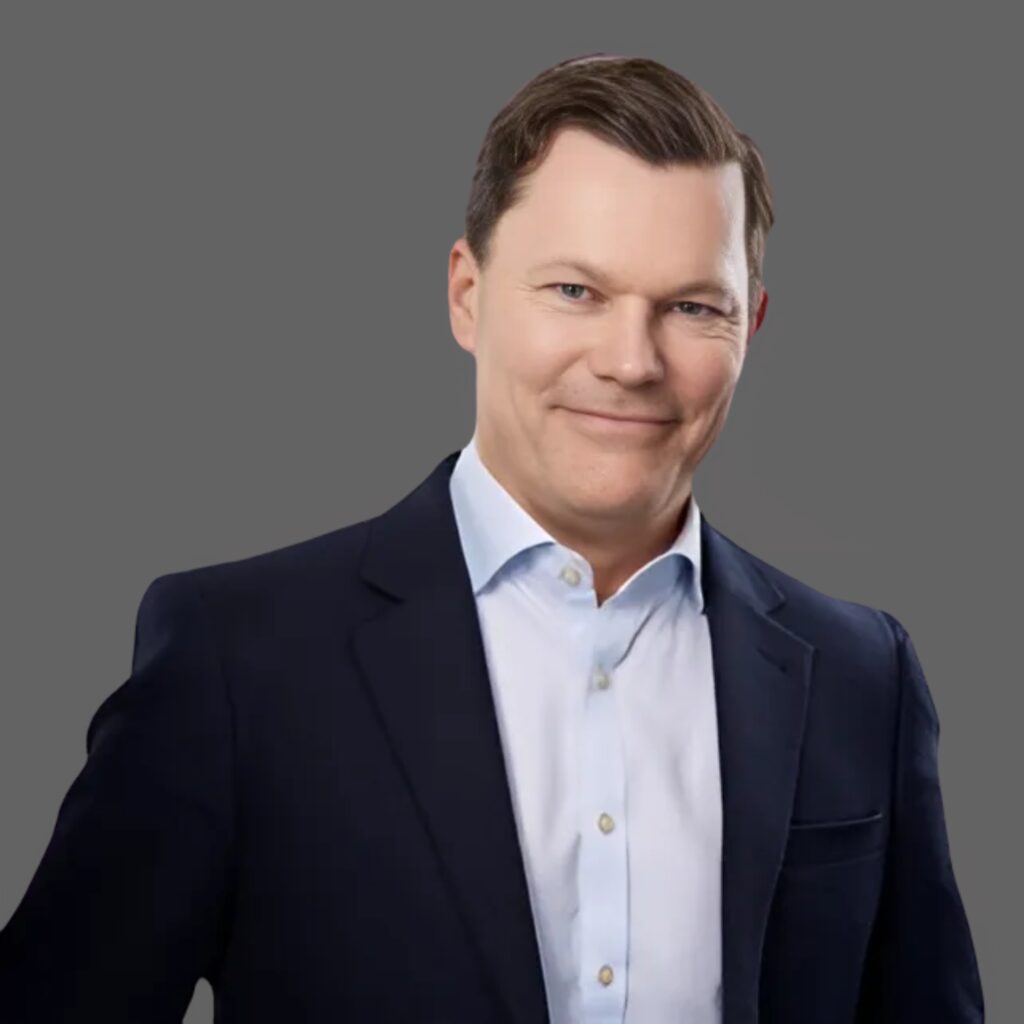

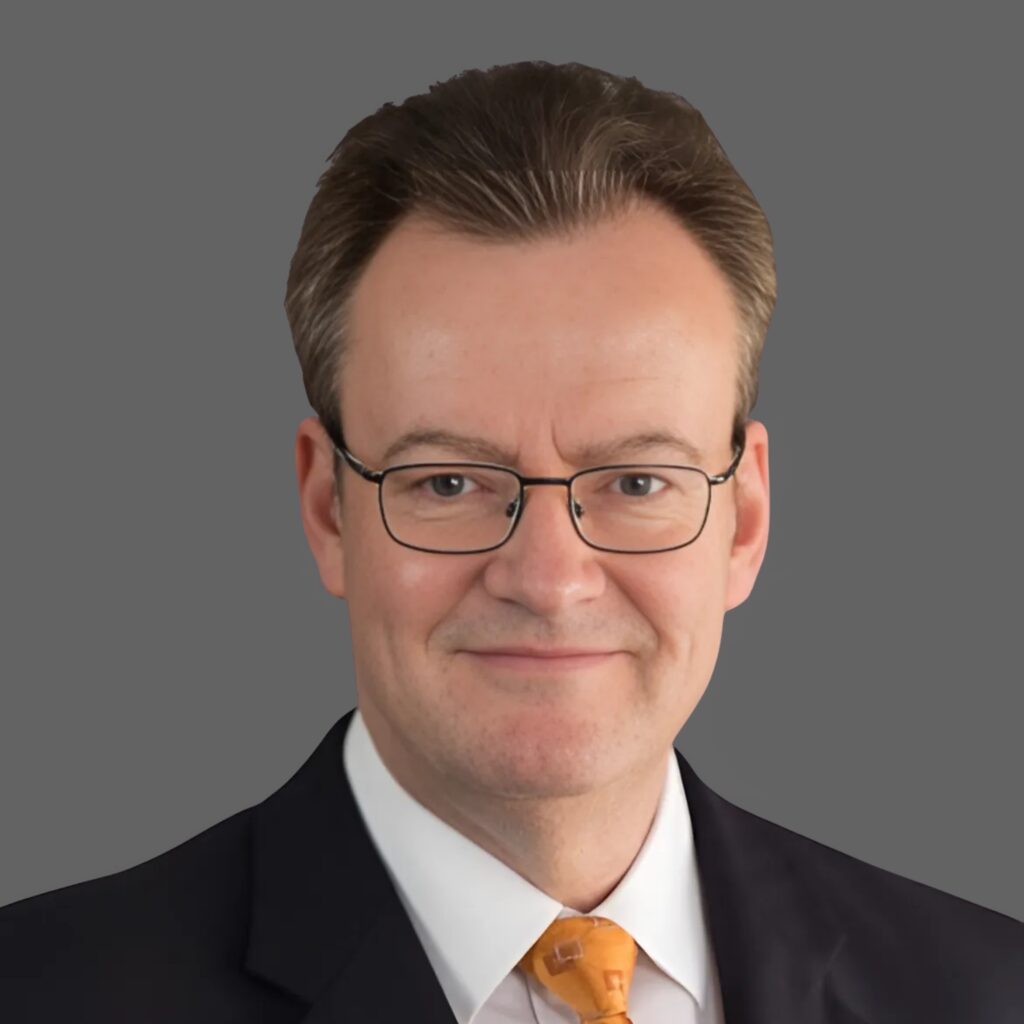
John Reade, World Gold Council
Gold investment trends - the global picture
Gold remains in demand globally - investment trend with a geopolitical tailwind
Gold has established itself as an outstanding performer in recent years - and has significantly increased its importance as a strategic store of value. John Reade, Senior Market Strategist at the World Gold Council in London, showed at the Future Forum Precious Metals 2025 how the global gold market has changed structurally - and why geopolitical uncertainty, interest rate policy and the role of central banks are likely to continue to support the precious metal in the future.
An asset with historical momentum
Reade began with an impressive review: In the past 25 years, the price of gold has increased more than twelvefold, and doubled in the last five years. In 2024 alone, gold was one of the most successful asset classes worldwide - and 2025 also began with an increase of over 15 % in the first quarter. "Gold has cemented its place as a global investment anchor," says Reade.
Record demand and supply
In 2024, global demand for gold - including over-the-counter (OTC) transactions - reached a new high of 4,974 tons. It was also a record year in terms of value. Particularly striking: central banks again bought over 1,000 tons - for the third year in a row. ETF holdings remained stable after declining in the previous three years. At 1,186 tons, physical demand for bars and coins remained at the previous year's level. The technological use of gold - driven primarily by applications in the field of artificial intelligence - also increased by 7 %.
Central banks push ahead with de-dollarization
Reade pointed to a structural change: since the 2008 financial crisis, central banks worldwide have been net buyers of gold - and this to an ever-increasing extent. One of the reasons for this is the move away from the US dollar as the sole reserve currency, triggered by Western sanctions against Russia. "Many central banks have recognized that the dollar can be politically instrumentalized - and are increasingly relying on gold as a geopolitically neutral asset." It is also noteworthy that many purchases are no longer or only partially reported to the IMF - an indication of increasing lack of transparency.
Challenges with jewelry and Western investors
However, the high price trend also has its downsides. In the jewelry industry, physical demand fell by 11 % in 2024 - although monetary sales increased slightly due to higher prices. While Asian markets remained stable, Western Europe and North America showed restraint - both in terms of jewelry purchases and physical investment. Reade emphasized: "For a sustainable upward trend, gold also needs the support of Western investors."
Outlook 2025: stability through uncertainty
The World Gold Council's forecast for 2025 remains cautiously optimistic: a weaker US dollar, falling real interest rates, overvalued stock markets and ongoing geopolitical tensions are likely to further boost investment demand. At the same time, the pressure on industrial processing remains high - not least due to the price level and a gloomy global economy. The supply side is solid: mining output reached a record high in 2024 and recycling also increased significantly, stimulated by the price.
Gold as a geopolitical anchor
A central point of Reade's analysis was the new role of gold in the geopolitical context. It is no longer just about portfolio hedging, but increasingly about sovereignty and economic independence. The trend towards diversification of currency reserves, the build-up of national gold reserves in emerging markets and the low correlation to other asset classes make gold an indispensable component of any strategic allocation.
Private investors remain a factor
Although institutional and state actors are becoming increasingly dominant, the behavior of private investors also remains important. Reade pointed to stable demand in Asia, particularly in India. In Germany, on the other hand, demand for coins and bars remained rather subdued in 2024. "The potential is there - the decisive factor will be confidence in monetary policy and economic development in Europe," he explained.
Transparency and data quality are becoming increasingly important
Another topic was the growing importance of reliable market data. The World Gold Council uses market analyses, price indices and reports to record the development of supply and demand in detail. Reade emphasized that transparency in the gold market is of central importance not only from a regulatory perspective, but also in terms of investor psychology - especially with regard to unreported purchases by central banks and OTC transactions.
Conclusion: Gold is more than just a crisis currency
John Reade concluded with a clear message: "Gold is not just a hedge in uncertain times - it is an active element of global monetary and geopolitics." The markets have recognized this, as the boom in demand in recent years shows. The decisive factor for the future is how consistently investors - both institutional and private - understand and use gold as a strategic asset.
Biography: John Reade is Market Strategist for Europe and Asia at the World Gold Council and has been based in the London office since 2017. He develops strategies for the gold market, engages in all areas of the industry and is one of the organization's main spokespersons. With over 35 years of experience in the gold industry, he has worked in production and project evaluation for mining companies, as an analyst and gold strategist at investment banks and as a portfolio manager at an asset manager. John holds a degree in Mining Engineering from the Royal School of Mines, Imperial College London.

Ruediger Schmitt, Reisebank AG
Gold investment trends in Germany - Only German Boomer fear or how to reach Generation Z?
Generation Z discovers gold - new target groups, new motifs, new language
The young generation is rediscovering gold - not as a relic of times gone by, but as a strategic investment with values such as security, sustainability and honesty. Rüdiger Schmitt, Head of Communications at Reisebank AG, presented the latest results of the Steinbeis gold market study at the Future Forum Precious Metals 2025. His conclusion: "Gold has arrived in Generation Z - but it needs a different approach and an expanded value proposition."
Germany's love of gold remains stable - with new impetus
The Reisebank Gold Study shows: Gold is still in demand in Germany - especially in physical form. Bars remain popular, coins are catching up. In 2024, three million people invested in gold for the first time - a record figure. Inflation protection remains the main motive, but hedging the real economy with a physical asset is also gaining in importance. The majority of investors are satisfied and plan to hold or increase their holdings.
Generation Z - surprisingly fond of gold
The findings for Generation Z (born from 1997 onwards) are particularly remarkable: 38 % of this young target group bought gold for the first time in 2024 - that is more than twice as much as the population average (around 15 %). The explanation? Generation Z has grown up with crisis experiences - corona, inflation, energy price shocks - and is looking for long-term stability. Gold obviously fulfills this function convincingly.
Changing values: honesty, sustainability and real value count
For GenZ, the "physical" aspect of gold is crucial - as a tangible, honest store of value in an increasingly digital and volatile financial world. At the same time, this target group is more willing than average to accept higher prices for sustainable gold. The lowest price alone no longer counts for many - instead, ESG aspects, transparency and ethical origin are gaining in importance. Schmitt emphasized: "GenZ wants to know where its gold comes from - and whether it was mined responsibly."
New ways of communicating: gold meets sneaker culture
Reisebank deliberately adopts a different tone when addressing young target groups: comprehensible, direct, digital. It advertises with slogans such as "Start building wealth now - do it like the pros" or "Buying gold as easy as ordering sneakers". Schmitt emphasized: "We need to re-code gold emotionally - away from the vault image and towards a next-level money move." One key to success is the presence on social media channels - the main source of information for 68 % of GenZ.
Gold remains generational - but with different motives
The study shows: While older generations often buy gold out of tradition and a sense of security ("German Angst"), the GenZ is more concerned with self-determination, responsibility and shaping the future. The motives change - the value remains. It is crucial to speak the language of the target groups and understand the realities of their lives. In addition to surveys, collaborations with influencers and educational platforms also help here.
More than a product - an issue of trust
Buyers' high level of satisfaction with gold underlines its emotional stability. In uncertain times, gold becomes an "emotional reserve currency". For young people, it is also an introduction to the world of investing - with a product that they perceive as safe, honest and independent. Schmitt summed it up succinctly: "Gold is not just a precious metal - it's a statement."
Growing importance for banks and retailers
This opens up new market potential for banks, precious metal dealers and platforms. Generation Z will inherit a considerable proportion of assets in the coming decades - those who introduce them to precious metals at an early stage will secure long-term customer relationships. The prerequisites for this are low-threshold digital access, flexible products and sustainable credibility.
Education as the key
A key conclusion of the study: if you want to win young people over to gold, you have to provide information. Only those who understand how gold works - economically, ecologically and historically - will build trust. Financial education initiatives, targeted social media campaigns and cooperation with educational institutions are therefore of key importance.
Conclusion: Gold has a future - if it is rethought
Rüdiger Schmitt's presentation showed that GenZ is ready for gold - but on its own terms. If you want to reach the younger generation, you have to offer more than just a current price. It's about trust, responsibility and a credible narrative. In an increasingly polarized world, gold remains a unifying element - across generations.
Biography: Rüdiger Schmitt is company spokesman and precious metals expert at Reisebank, a subsidiary of DZ BANK and part of the Genossenschaftliche FinanzGruppe. Reisebank is one of the highest-turnover precious metals providers in Germany and acts as an institutional trader and precious metals competence center for over 600 financial institutions. Since 2016, Rüdiger Schmitt has been co-author of the study "Goldinvestments: Indicators, motives and attitudes of private individuals", which is produced jointly with CFin - Research Center for Financial Services at Steinbeis University Berlin.
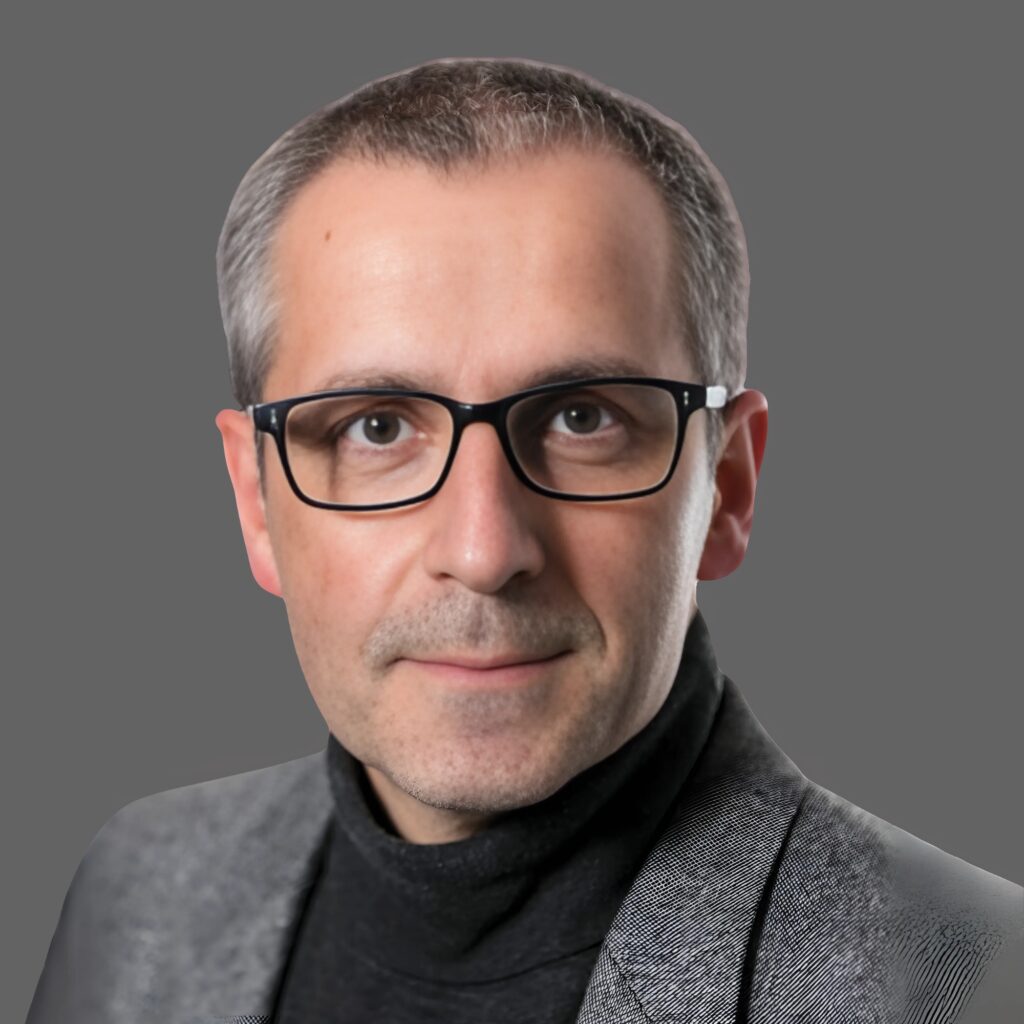

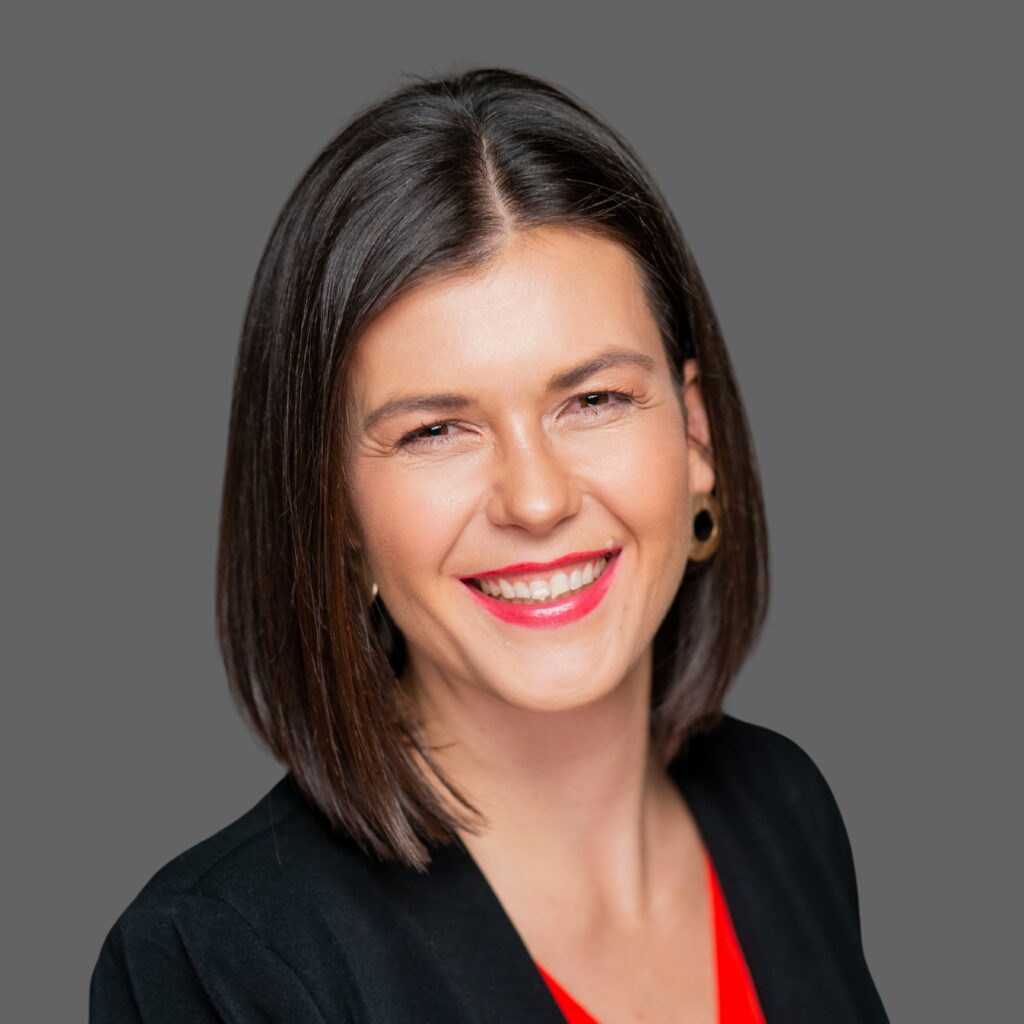
Nicky Shiels, MKS PAMP SA
When will the shine come back? The supply and demand situation for silver.
Silver on the move - Why 2025 could be the year of reflation and a silver comeback
Silver has lost much of its luster in recent years - at least compared to its big brother gold. But that could soon change. Nicky Shiels, Head of Metals Strategy at MKS PAMP in New York, outlined a remarkably optimistic outlook for the "forgotten" precious metal at the Future Forum Precious Metals 2025. Her central forecast: "2025 will be the year of reflation - and that will be silver's hour."
Silver market facing supply bottleneck: structural deficits ahead
A central argument of their analysis is that the supply of silver is structurally inelastic and is stagnating at around 1 to 1.1 billion ounces per year - while industrial demand is increasing at the same time. This is expected to grow to around 700 million ounces per year by 2030 alone, driven by the solar, electronics and battery industries. At the same time, Shiels expects investment demand to return, which could amount to around 300 million ounces between 2025 and 2029. The result: "Persistent supply deficits over the next five years are likely."
Political uncertainties fuel interest in precious metals
Shiels also analyzed the macroeconomic environment: since Donald Trump's re-election, markets and trade policy have been in turmoil. New tariffs, fragile US consumption and an unclear fiscal policy are leading to a mixture of stagflation and uncertainty. Global supply chains are particularly affected - silver imports into the US are rising sharply, causing physical dislocations in other regions, such as London. "The markets are nervous and precious metals are once again being viewed as a strategic asset," says Shiels.
Prices stable - but room for improvement
Silver is currently holding steady above the 30 $/oz mark, supported by the industry. A real price breakthrough to the upside has so far failed to materialize - mainly due to a lack of retail and ETF inflows. However, this could change in the second half of 2025. MKS PAMP forecasts an average silver price of 36.50 $/oz with a possible peak of 42 $/oz. In particular, the correlation to the US dollar and an expected easing of monetary policy by the US Federal Reserve suggest new upward momentum.
Silver: the underestimated investment candidate
Despite its relevance to the real economy, silver is underrepresented in institutional portfolios - holdings account for only around 0.1 % of the typical asset allocation. Shiels sees a psychological and strategic need to catch up here. Silver has many characteristics in common with gold, for example as a so-called "Veblen asset" with increasing attractiveness as the price rises. At the same time, it is more volatile - and therefore offers significantly more opportunities in the event of reflation and a growing appetite for risk.
Regional bottlenecks and repatriation as a new reality
An interesting finding from Shiels' data analysis: The "repatriation" of precious metals to the US - i.e. the physical repatriation in the wake of the Trump tariffs - has already moved 75 billion $ and even exceeds the COVID-related movements. The physical silver market has been particularly affected, with only around 22 months' supply available in London - in contrast to gold, which has over 100 months' supply. "We are seeing regional shortages that could affect the price."
Technology trends and green demand as additional drivers
In addition to macro trends, Shiels also emphasized the role of technological developments. Silver is indispensable for the energy transition - especially for photovoltaics and electromobility. The long-term green tech boom is acting as a structural demand driver. At the same time, high physical consumption is creating a market shortage, which could be further exacerbated by supply problems in mining regions.
Silver as a signal for the end of the gold cycle?
An exciting hypothesis: according to Shiels, a massive breakout in the silver price could also be an indicator that gold is completing its long-term upward trend. In the past, the so-called "blow-off top" in silver - an overheated price surge - has often been a late indicator for cycle ends in the entire precious metals sector. Investors should therefore keep a close eye on whether the breakout is really sustainable.
Between mainstream and niche
Silver remains a specialist topic - but that could change. As soon as investment demand returns and physical markets come under further pressure, retail and institutional investors could step in. For Shiels, one thing is certain: "Silver is turning from a niche topic into a momentum topic - and faster than many expect."
Conclusion: Silver has catch-up potential - and 2025 could be the turning point
Nicky Shiels' presentation made a compelling case for silver as a comeback candidate in the precious metals universe. Driven by structural supply deficits, geopolitical uncertainties, green technology and monetary policy reversals, the metal could return to the investment stage in 2025. Timing is crucial - and the courage to think anti-cyclically.
Biography: Nicky Shiels is Head of Research & Metals Strategy at MKS PAMP and works closely with the trading team to optimize sales and trading strategies and further develop the precious metals research platform. She has 15 years of experience in the financial industry as a commodity strategist at North American banks with a focus on precious and base metals, market research and forecasting. She is a regular speaker at industry conferences and a sought-after expert in the media. Nicky Shiels holds a B.A. in Economics from Yale University.

Dominik Sperzel, Heraeus Precious Metals
Recycling trends: Will recycling make gold greener?
Dominik Sperzel: Will recycling make gold greener?
Dominik Sperzel, Head of Precious Metals Trading at Heraeus Precious Metals, opened his presentation at the Precious Metals 2025 Future Forum in Frankfurt with a clear message: "Recycling is essential - but it's not the whole solution." The precious metals industry faces the challenge of combining ecological and economic goals. Recycling can help to reduce the carbon footprint, close the material cycle and respond to growing customer demand for sustainably produced products.
Why "green" gold is important at all
The term "green" gold stands for an improvement in the ESG balance sheet, the development of new target groups and corporate social responsibility. Sperzel emphasized that recycled gold has a significantly lower environmental footprint than gold from primary mining - especially as only around three grams of gold are extracted from one tonne of ore during mining.
Recycling - many advantages, but also limits
Although recycling is seen as the ecological alternative in public discourse, Sperzel warned against taking too one-sided a view: "Recycling is only part of the solution - you can't do it without responsible mining." Currently, around 75 percent of the gold used worldwide still comes from mining. According to Sperzel, this in turn secures the livelihoods of over 100 million people worldwide.
Transparency and standards against greenwashing
A key topic of the presentation was the lack of a uniform definition of recycled precious metal. Heraeus is actively involved in working groups to develop a uniform standard. Sperzel also pointed out legal pitfalls: From 2027, advertising with "climate neutral" will be banned in the EU if it is based solely on offsetting. The industry must therefore rely on reliable ESG data and genuine transparency.
Recycling yes - but with responsibility
Sperzel made it clear: "Not all mines are the same." The ESG balance of the primary material used can be significantly improved through the targeted selection of responsible mining partners and cooperation with initiatives such as Fairmined or Swiss Better Gold. Heraeus offers its customers tailor-made solutions - including bar products with an open recycling content and selective choice of mines.
Two pillars for a sustainable gold supply
Heraeus' vision is based on a dual strategy: expanding high-quality recycling processes and supporting sustainable mining. The company sees potential for social and environmental progress in small-scale mining (ASM) in particular - through targeted development partnerships and support programs.
A growing market - but with hurdles
The global gold market continues to grow, but recycling alone cannot meet the rising demand. Sperzel presented figures showing that gold demand in 2023 was around 4,900 tons - the majority of which was covered by primary mining. The long-term availability of gold remains a strategic issue for industry and investors.
Focus on customer needs
With product lines such as Circlear®, which consist of 100 percent recycled gold and are TÜV-certified, Heraeus is responding to demand from institutional and private investors alike. The option of designing products according to individual recycling definitions and ESG criteria illustrates the trend towards differentiation and individualization in the precious metals market.
Heraeus as an industry pioneer
Heraeus goes beyond the LBMA and RJC standards, works on new ESG frameworks and actively supports the development of a harmonized understanding of sustainability in the industry. Cooperation with customers is aimed at transparency and trust - from the raw material to the end product.
Conclusion: Recycling as a catalyst for change
Sperzel summarized: "Recycling is essential - but not as a substitute, but as a supplement." The transformation of the precious metals industry requires a combination of innovation, responsibility and long-term thinking. Only in this way can gold really become "greener" - in terms of the environment, the market and society.
Biography: Dominik Sperzel is an experienced leader and has been with Heraeus for over ten years. He has held various strategic positions in Europe and the USA in the areas of chemicals, catalysts and precious metal recycling. Since 2024, he has headed the trading desk at the headquarters in Hanau as Senior Vice President and is responsible for trading in gold, silver and platinum group metals. With his extensive knowledge of commodity trading, risk management and strategic investments, he brings valuable expertise to the table. As an advocate of the sustainable use of precious metals, he is committed to responsible trading and promoting the energy transition.
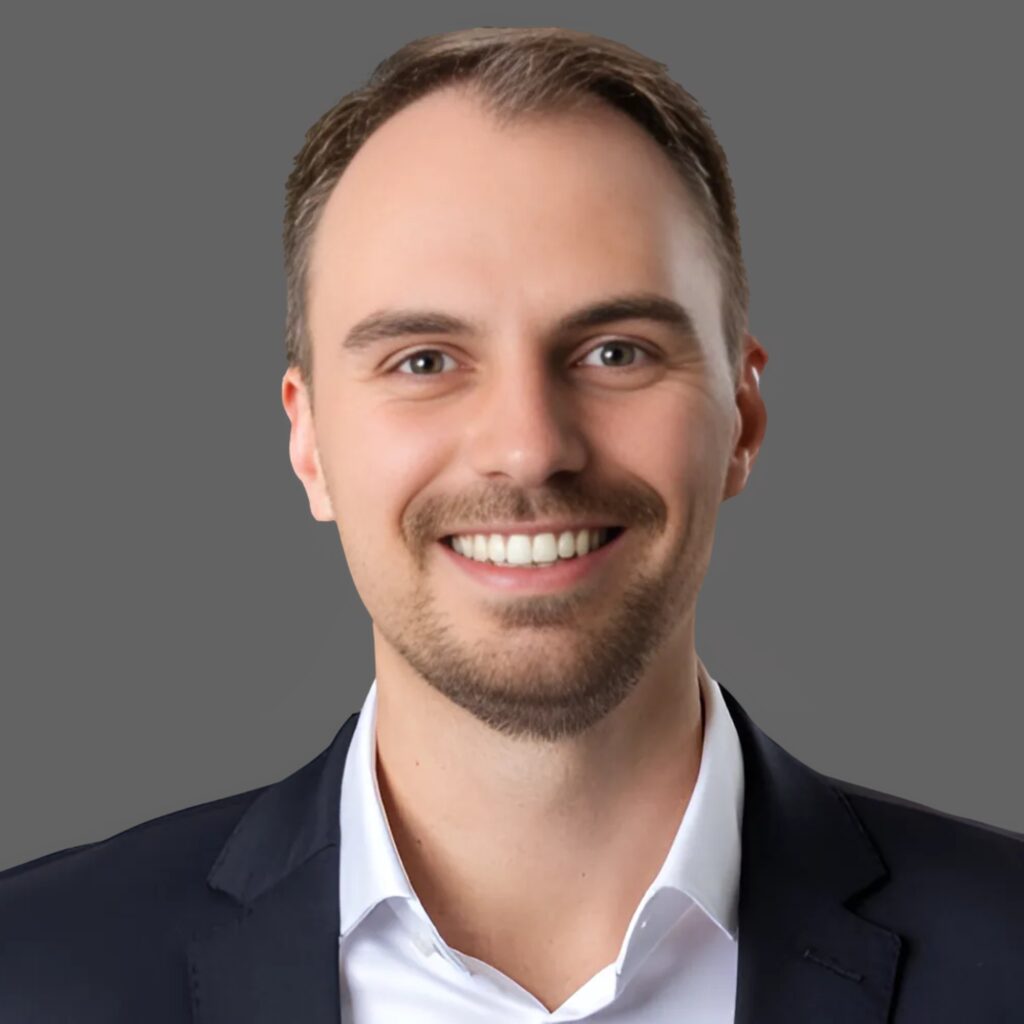


Eduard Stefanescu, C.Hafner
The main thing is complicated! The bureaucracy surrounding precious metals Supply Chain Act, REACH etc.: the current situation.
"The main thing is complicated?" - The precious metals industry in the jungle of EU regulations
The title was chosen ironically - but the content was all the more serious: Eduard Stefanescu, Sustainability Manager at C.HAFNER, made it clear at the Future Forum Precious Metals 2025 how profoundly the EU's regulatory requirements are affecting the precious metals industry. His presentation was an impressive overview of the multitude of regulations, directives and reporting obligations that companies have to master today. The core message: "Sustainability is mandatory - but the regulations are a labyrinth."
Green Deal as a political superstructure
The starting point for the regulatory wave is the European Green Deal. The aim is to achieve a greenhouse gas-neutral, resource-efficient and competitive economy by 2050. For companies, this means that their activities must not only be economically sustainable, but also ecologically and socially sustainable. Stefanescu emphasized: "The change is politically desired - but its implementation overwhelms many companies."
Taxonomy, CSRD, SFDR - the new alphabet of regulation
The focus was particularly on three central EU instruments:
- The EU taxonomy defines which economic activities are considered sustainable.
- The CSRD (Corporate Sustainability Reporting Directive) obliges companies to provide comprehensive sustainability reporting on the basis of so-called dual materiality.
- The SFDR (Sustainable Finance Disclosure Regulation) in turn addresses the disclosure obligations in the financial sector.
These regulations are interlinked - with significant consequences for reporting obligations, evaluation systems and strategic decisions.
Supply chain laws: from the LkSG to the CSDDD
Another focal point was the new rules on corporate due diligence:
- In Germany, the 2023 Supply Chain Due Diligence Act (LkSG).
- At EU level, in July 2024, the CSDDD (Corporate Sustainability Due Diligence Directive) adopted - valid from 2027 for large companies.
These regulations oblige companies to identify, assess and report on human rights and environmental risks in their value chains. Stefanescu emphasized: "Responsibility does not end at the factory gate - it extends all the way to the mine in South America or Africa."
Special regulations: From REACH to conflict minerals
Other relevant regimes include the REACH Regulation on chemicals legislation and EU Regulation 2017/821 on the regulation of so-called conflict minerals. The latter obliges importers to make the origin of critical raw materials such as gold and tin transparent. For precious metal companies, this means additional testing, documentation and auditing obligations. At the same time, there are considerable reputational risks and market barriers in the event of violations.
The omnibus approach: mitigating complexity - or just postponing it?
In view of the excessive demands placed on many companies, the EU is attempting to take countermeasures with an "omnibus" approach: Postponing certain reporting obligations, reducing detailed requirements, simplifying implementation. However, Stefanescu warned: "Postponement is not a solution - the complexity remains." Without clear guidance and support, medium-sized companies in particular could stumble.
Dual materiality as a paradigm shift
A central concept of CSRD is dual materiality: companies must assess both the impact of their actions on the environment and society (impact materiality) and the impact of environmental and social trends on their key financial figures (financial materiality). Stefanescu: "This is a paradigm shift - away from pure compliance and towards strategic sustainability."
What does this mean for the precious metals industry?
The precious metals industry faces the challenge of making its entire value chain ESG-compliant - from primary mining to recycling and product design. The origin, environmental impact and social standards of products such as gold bars and jewelry in particular must be verifiably documented in future. Stefanescu therefore called for more cooperation: "Industry standards, digital tools and exchange platforms are essential."
An appeal to politicians: a sense of proportion and practical relevance
Despite agreeing in principle with the goal of sustainability, Stefanescu also voiced criticism: "The regulatory framework is barely manageable - even for experienced compliance teams." Politicians must ensure greater clarity, coherence and practicability. Otherwise, there is a risk of barriers to investment, brakes on innovation and competitive disadvantages - especially for small and medium-sized companies.
Conclusion: Regulation with responsibility - but also with a sense of proportion
Eduard Stefanescu made it clear that the precious metals industry is ready to take responsibility - for people, the environment and the future. However, it needs a set of rules that guides rather than paralyzes it. Sustainability must not be a bureaucratic monster, but must be strategic, feasible and measurable. His appeal: "We don't need less regulation - but significantly more guidance."
Biography: Eduard Stefanescu has been Sustainability Manager at C.HAFNER GmbH + Co KG for 2.5 years. The geoscientist (mineralogy at KIT) began his career in plant engineering for mineral processing and later specialized in the procurement and processing of critical minerals and precious metals. Since 2018, he has been an expert in responsible supply chains, including in small-scale mining. At C.HAFNER, he implements ESG issues and is responsible for the company's sustainability strategy and compliance.

Philipp Stockinger, aXedras
Gold and the digitalization of the world: Who is driving which trend in precious metals, what are investors and industrial consumers looking out for?
Transparency via blockchain - how aXedras wants to digitally transform the gold market
"Digital integrity is the foundation for trust - from the mine to the investor." Philipp Stockinger, Head of Business Development at aXedras, opened his presentation at the Future Forum Precious Metals 2025 with this statement, focusing on the question of how supply chains in the precious metals market can be made digital, secure and traceable - through blockchain technology and standardized data systems. His conclusion: "Digitalization is not a trend - it is the new compliance."
From rock to ring: the evolution of Gold Bar Integrity
aXedras is a co-initiator and technical partner of the "Gold Bar Integrity" (GBI) program, which is supported by the LBMA and the World Gold Council. The company has been involved in its development since 2021. The aim: digital, tamper-proof and fully traceable documentation of the entire life cycle of a gold bar - from mining, refining and storage to the end investor. In 2025, the first version of the GBI database was released by the LBMA.
Digitalization along the supply chain: mines, refineries, investors
Stockinger described how the degree of digitalization varies in the different areas of the supply chain. While large refineries are increasingly relying on their own digital portals and production systems, many mining operations still work with emails, Excel spreadsheets and decentralized archives. aXedras creates interfaces here to make data consistent, secure and available in real time - via its aXProvenance and aXCirculation platform modules.
Integrity certificates as the future standard
A central element is the digital certificate of integrity, which contains all the relevant product, production and origin data of a gold bar. This certificate can be accessed via smartphone - including information on weight, fineness, production location, refinery and material of origin (e.g. recycled content). Stockinger used an example bar to demonstrate how the data levels are structured. "Transparency doesn't start with the product - it starts with the data record," he appealed.
Data sovereignty and trust as a basis
The special feature: all data is shared via a permissioned blockchain - i.e. only authorized players along the value chain have access to defined information. This allows business secrets to be protected without jeopardizing traceability. According to Stockinger, this principle of "distributed trust architecture" is the key to reconciling regulatory requirements (e.g. for origin transparency) and economic interests.
Regulatory drivers: no compliance without digitalization
The increasing ESG requirements - from the EU taxonomy to the CSRD - are putting the precious metals industry under pressure. In future, proof of origin, climate impact data and social standards will have to be documented in a reliable manner. aXedras sees itself as a solution provider that not only supplies technical tools, but also works towards industry-specific standards. The platform acts as a governance and reporting tool - with the aim of creating "a system that investors, consumers and regulators can trust."
Added value for the investor: from product to digital truth
New opportunities are also opening up for investors. Instead of relying on printed certificates or incomplete cash lists, they can access digital origin and production data directly via aXedras. This strengthens trust - especially among sustainability-oriented investors. "We are not just digitizing the gold bar - we are digitizing the trust in it," Stockinger said.
Application scenarios: Mobile query, automated test processes
One specific use case is the mobile integrity check: relevant authenticity and origin data of a bar can be displayed immediately via an interface. In the future, inspection processes in warehouses, at customs or in the secondary market will also be digitized and automated. The aim is to create an end-to-end digital process chain - including connection to smart scanners, vaulting systems and ERP solutions.
Outlook: Standardization as the next step
Over the next few years, aXedras plans to further develop the GBI database and expand it to include other products such as silver and platinum. At the same time, industry-specific interfaces are to be created to enable the broadest possible integration into existing systems. Stockinger concluded with a clear appeal: "Only those who invest digitally now will remain trustworthy tomorrow."
Conclusion: The future of the gold market is digital - or it is no longer trustworthy
The presentation impressively demonstrated how far-reaching the influence of digitalization is on precious metals trading. Transparency, compliance and trust are no longer created by paper certificates, but by forgery-proof data flows. aXedras aims to provide nothing less than the backbone of this new infrastructure - with the goal of integrity, scalability and regulatory security for the industry.
Biography: Philipp Stockinger began his career in corporate banking at Commerzbank in Germany, Hong Kong and Switzerland before joining aXedras AG as its first employee in 2018. There, he played a key role in building up the company and gained in-depth insights into the precious metals value chain and digitalization strategies in the industry. His expertise combines technological innovation with financial knowledge to sustainably change the precious metals industry through digital transformation projects.
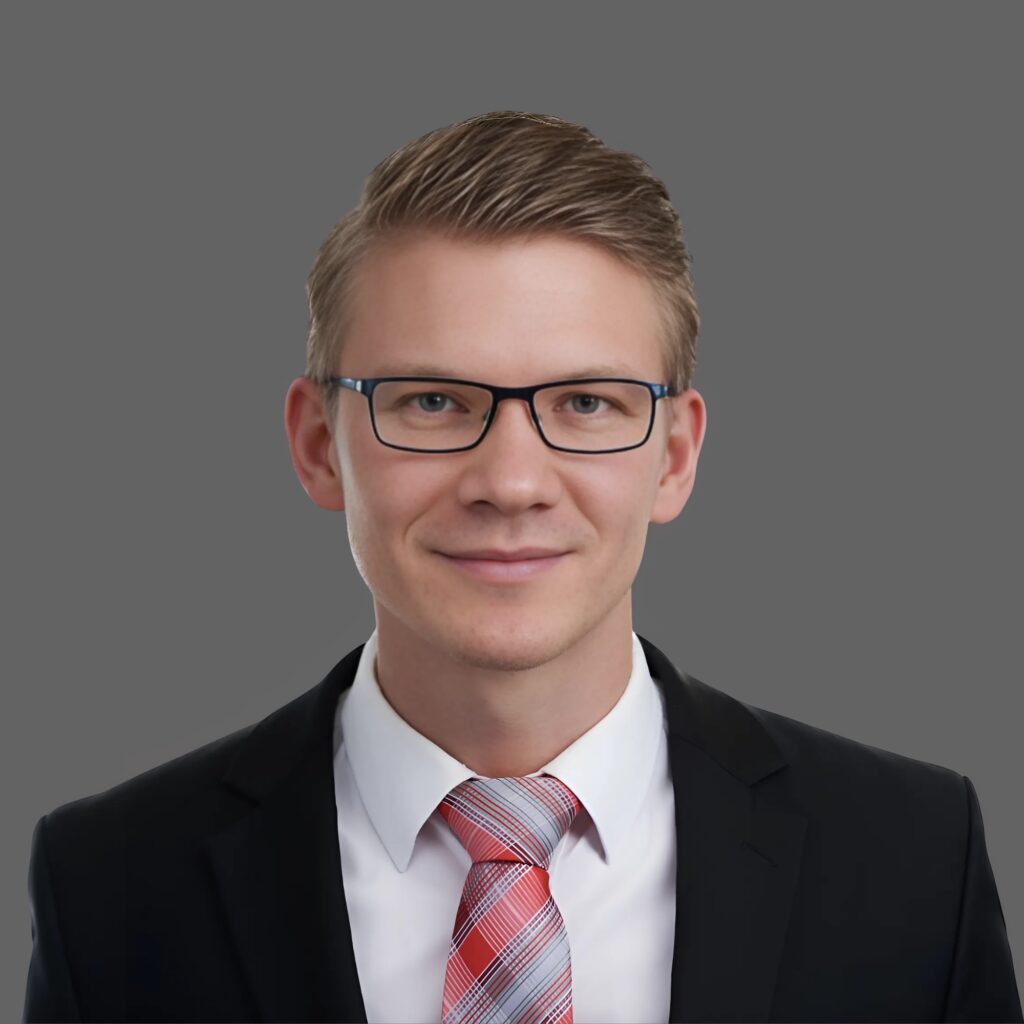

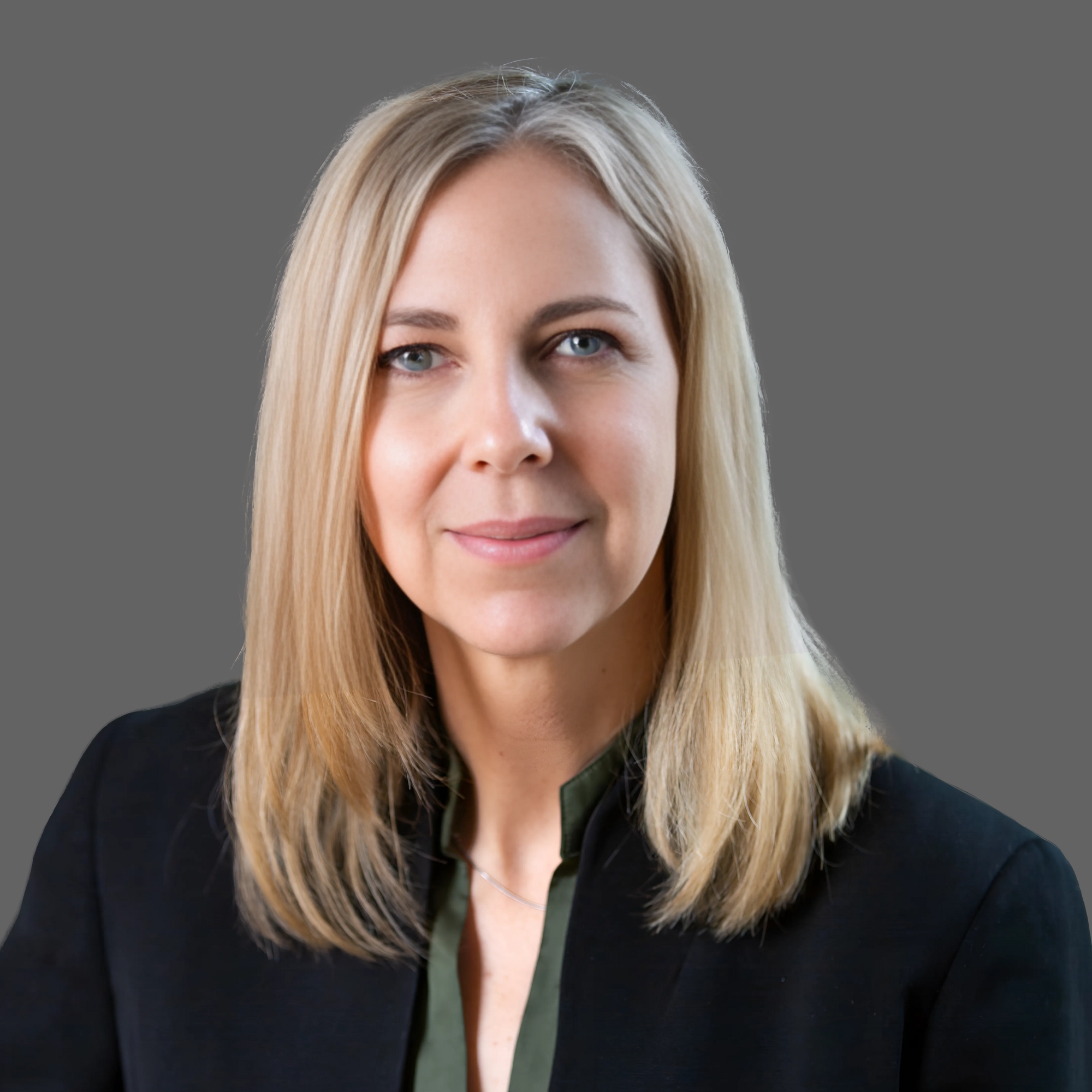
Wilma Swarts, Metals Focus Ltd.
How is the demand situation for platinum metals currently changing? What are the prices doing, what is the outlook?
Platinum has long winters and short summers: market analysis of platinum and palladium in geopolitical upheaval
With this pointed statement, Wilma Swarts, Director of PGMs at Metals Focus, summed up the situation in a nutshell: platinum metals are under pressure - geopolitically, economically and from a regulatory perspective. At the Future Forum Precious Metals 2025, she gave a differentiated outlook on the global markets for platinum, palladium and rhodium - and showed that new opportunities can also arise despite the slump in demand and price volatility.
Market environment: mines under pressure, demand in upheaval
Global production of platinum metals will be characterized by sharp declines in 2025. In South Africa, the main producing country, cutbacks in 2024 will result in noticeably lower volumes. Sanctions, financing difficulties and the withdrawal of Western suppliers are also weighing on Russian output. In the USA, in turn, low palladium prices led to restructuring. "The market will see a noticeable supply deficit in 2025 - especially for platinum," says Swarts.
Automotive industry: Stable, but not growing strongly
Despite electrification, the automotive industry remains the most important customer for platinum metals. However, vehicle production remains weak and sales of catalytic converters are falling - especially for palladium. Political uncertainty, changes to emissions regulations and the lack of clear guidelines on electrification are causing demand to fluctuate. Larger hybrid vehicles are slowing the decline, but the long-term trend remains downwards.
Price and demand trends: substitution and uncertainty
The substitution of palladium by platinum in the automotive sector is progressing more slowly than expected. Although the price gap between the two metals has widened, the technical changes take time - and reliable planning. Swarts also pointed out that the recycling market has stalled: the number of decommissioned vehicles is only increasing on paper, while real returns of catalytic converters remain low. "Unattractive prices and uncertain future prospects are hampering the secondary market," according to her analysis.
Industrial demand: differentiated picture
While demand from the chemical industry remains stable, there is a decline in electronics and glass - driven by miniaturization and material savings. In the hydrogen sector, Swarts sees light at the end of the tunnel: at a low level, but with increasing momentum. Demand from the petrochemical industry is also picking up, as existing plants are being replaced by gas-based processes. Overall, however, there is no cyclical recovery in sight.
Jewelry market: regionally mixed
Swarts sees a regional redistribution in jewelry: while China is demanding significantly less platinum - due to preferences for gold and declining consumer trends - interest is increasing in India. There, platinum is increasingly establishing itself as an alternative in the high-end segment. In Europe and North America, demand remains stable at a low level.
Politics and tariffs: new barriers weigh on the market
The geopolitical situation is having an increasing impact on trade flows. The USA has introduced new tariffs on raw materials from BRICS countries, including platinum and palladium. The EU, in turn, is responding with counter-tariffs on imports from the USA. Swarts: "These developments are leading to higher costs, making global trade more difficult and accelerating the search for alternatives."
Forecast 2025: sideways or selectively positive?
According to Metals Focus, the average platinum price in 2025 will be around 1,050 $/oz. Demand for palladium is expected to decline further - with corresponding price pressure. Rhodium remains extremely volatile. The platinum market is moving structurally towards a supply deficit - a potential price driver with stable industrial demand. However, the overall balance remains fragile.
Strategic orientation: PGM market needs new impetus
Wilma Swarts pleaded for a stronger strategic perspective on the market for platinum metals. "The industry needs to reposition itself - with clear fields of application, realistic promotion strategies and digital transparency." Long-term trust can only be regained through clear communication and investment in sustainable technologies such as hydrogen.
Conclusion: The platinum market fluctuates - but the fundamentals remain intact
Despite falling prices, demand uncertainty and political risks, the potential of platinum metals has not disappeared. Basic applications remain stable, new technologies offer prospects - but only if market players act flexibly and with foresight. Swarts' concluding advice: "You have to get through the long winter - but then there will be another summer."
Biography: Wilma Swarts is Director of PGM Research at Metals Focus and leads the research on platinum group metals. With 16 years' experience in the PGM industry, she spent 12 years in the mining industry, most notably in metals sales and marketing at Lonmin, where she was Head of Commercial Services. She has been active as a non-executive board member in the Platinum Jewellery Development Association, the World Platinum Investment Council and Furuya Metals. She was also Chairperson of The Platinum Incubator from 2016 to 2019 and is currently Chairperson of Women in PGMs. Wilma Swarts holds an MSc in International Business Administration from the University of London.

York A. Tetzlaff, Professional Association for Precious Metals
Greeting and introduction of FE e.V.
Trade association: "The precious metals industry is ready for the future - if politics, the market and society take responsibility together"
York A. Tetzlaff, Managing Director of the German Precious Metals Trade Association (FVEM), concluded his presentation at the Precious Metals 2025 Future Forum with this statement - and thus clarified the industry's claim: it not only wants to have a say, but also to help shape the future. In his presentation, Tetzlaff outlined the cornerstones of a future-proof precious metals industry - from recycling and supply chains to the political framework.
A strong network for a strong industry
The FVEM is the central association of the German precious metals industry - with 40 member companies, over 7,000 employees and a market share of over 90 percent. As the industry's spokesperson to authorities, NGOs and the EU, it represents the interests of the entire value chain - from primary processing to high-tech applications and recycling. York Tetzlaff emphasized: "Our strength lies in our diversity - technologically, geographically and thematically."
Circular economy as an industrial policy model
A particular focus of the presentation was on recycling. In Germany, the majority of gold is extracted from old materials - especially from jewelry and electronic waste. The industrial recycling process is ecologically beneficial, efficient and technologically advanced. However, Tetzlaff also pointed out weaknesses in the system: only around a third of old electrical appliances are actually recycled. "This is where politicians and consumers alike must take action to close the raw material cycle."
Responsibility begins in the supply chain
Another key topic was the origin of precious metals. The FVEM is committed to the highest transparency and compliance standards. This is based on the OECD Due Diligence Guidance, implemented via internationally recognized initiatives such as LBMA, RJC and RMI. Tetzlaff: "Our companies are clearly committed to conflict-free and sustainable raw materials. That's not marketing, it's lived practice." The German industry is a pioneer in this area - also in international comparison.
Application diversity and innovative strength
Tetzlaff made it clear that precious metals are not niche products, but key components for central future technologies. Whether in the hydrogen economy, medical technology, microelectronics or the automotive industry - many applications would be inconceivable without platinum, palladium, gold and silver. The FVEM has therefore called for greater political and social recognition of the strategic importance of precious metals for the transformation.
Policy-making through expertise
In numerous committees, the FVEM contributes its technical expertise to the shaping of environmental, tax and raw materials policy. The association is actively involved in legislative processes - both in Germany and at EU level, such as the Corporate Sustainability Due Diligence Directive (CSDDD). This is not just about requirements, but also about practicability. "We stand for regulation with a sense of proportion - comprehensible, effective and implementable," says Tetzlaff.
Recycling policy and freedom of trade as location factors
The FVEM is critical of political tendencies to restrict the export of secondary materials containing precious metals. Such measures would hinder recycling and the circular economy. The association is also calling for the removal of trade barriers to the import of such materials. Tetzlaff emphasized: "Anyone who takes security of supply seriously must see secondary raw materials as a strategic resource."
Security along the supply chain
One aspect that is often overlooked is the physical security of raw materials, transportation and facilities. In close cooperation with the police and security services, FVEM coordinates measures to prevent theft, fraud and robberies. Regular alerts and specialist meetings are designed to minimize the risk for everyone involved - an example of proactive industry engagement.
Tax and environmental law: for clarity and continuity
In terms of tax policy, the FVEM is committed to maintaining proven procedures such as LIFO valuation and the reverse charge system. In terms of environmental policy, the focus is on practical regulations for approval procedures and substance evaluation - especially for silver. Tetzlaff emphasized: "We are ready for innovation - but we need a regulatory framework that also enables innovation."
Recognizing precious metals as critical raw materials
In the context of the Critical Raw Materials Act, the FVEM called for recycling to be more firmly anchored as part of the European raw materials strategy. In addition, the role of established industry standards must be strengthened in the regulatory context. The appeal: "The EU must not overregulate, but must recognize proven systems."
Conclusion: responsibility, innovation, partnership
York Tetzlaff painted a picture of an industry that is ready to make its contribution to the transformation - both technologically and ethically. The FVEM stands for a partnership-based dialog with politicians, authorities and society. "We see ourselves as a solution partner - and as the voice of an industry that has always handled valuable materials responsibly," he concluded.
Biography: York Alexander Tetzlaff has been Managing Director of the FVEM - Fachvereinigung Edelmetalle, based in the "gold city" of Pforzheim, since the end of 2018. He is also a Board Member of the EPMF - European Precious Metals Federation based in Brussels. He previously headed the European office of the German Insurance Association (GDV) and before that the EU liaison office of the Bavarian Business Association (vbw), both in Brussels. Until then, Mr. Tetzlaff worked in the areas of legal advice and representation of interests as in-house counsel for the employers' associations of the Bavarian metal and electrical industry (bayme vbm) in Munich. He completed his two degrees in law and economics at the Universities of Munich and Bayreuth.
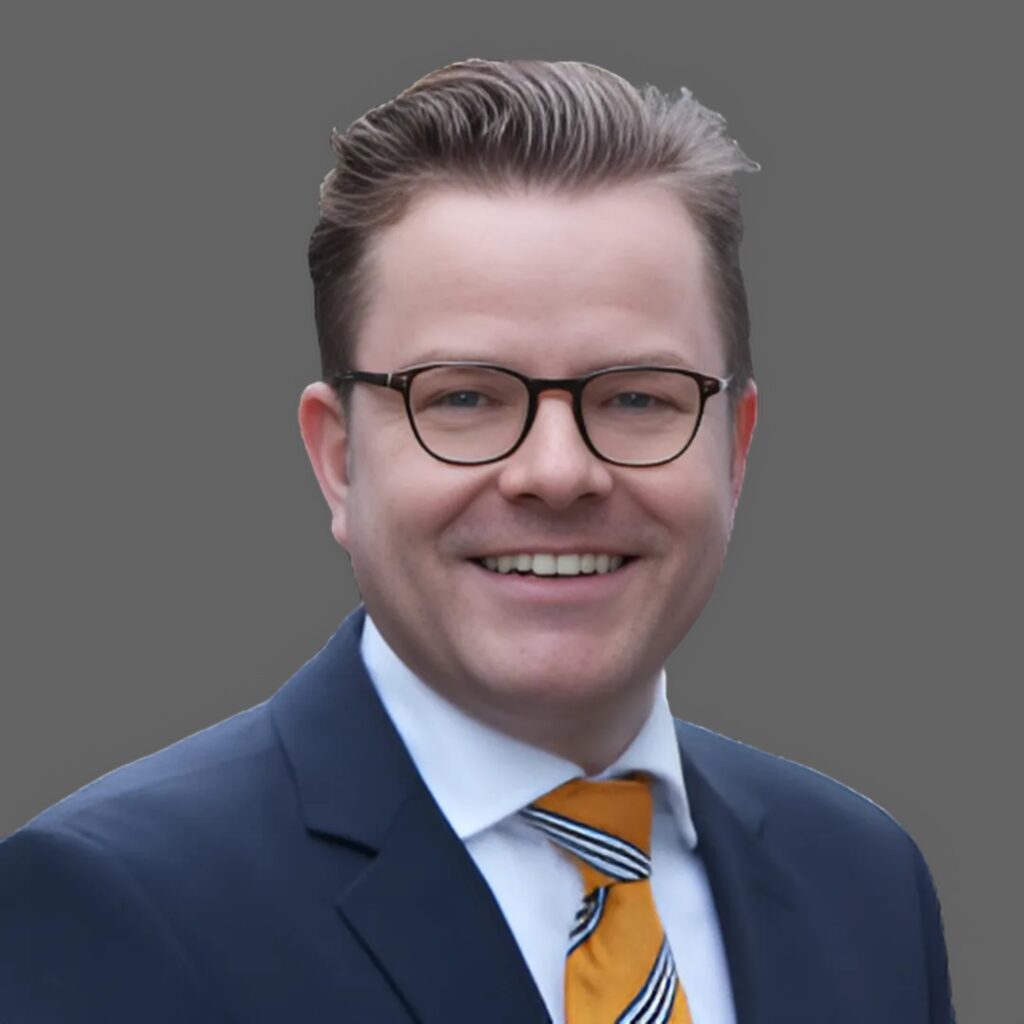

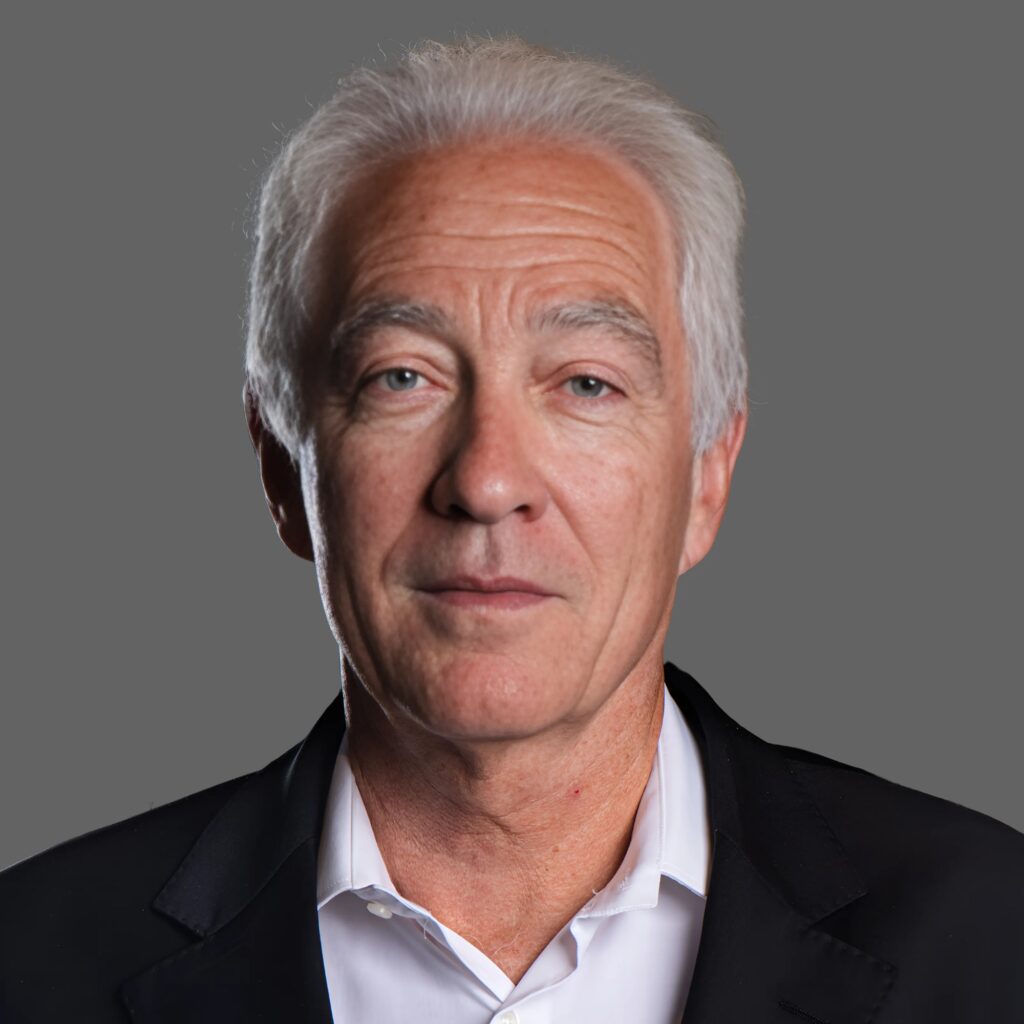
Christoph Wild, Swiss Association of Precious Metal Manufacturers and Traders (ASFCMP)
Is there enough? The situation in global gold production.
Swiss gold traders: "Is there enough gold? - Yes, but..."
This statement by Christoph Wild, President of the Swiss Association of Precious Metals Manufacturers and Traders (ASFCMP), was the central theme of his presentation at the Future Forum Precious Metals 2025. The answer to the question of the physical availability of gold is more complex than it seems at first glance. The market is liquid - for now. But the pressure on resources, supply chains and standards is increasing significantly.
Gold mining: the end of growth
Around 3,700 tons of gold are mined every year - a figure that, according to Wild, is likely to fall rather than rise in the coming years. The reason: declining ore qualities, rising extraction costs and stagnating investment in new mines. Around 54,000 tons of gold reserves are still available worldwide - if mining continues at the same rate, this would correspond to a period of around 15 years. "The famous gold cube only grows by 54 centimetres every year," says Wild pointedly.
China and Russia dominate - with consequences
At 378 tons, China was once again the world's largest gold producer in 2024, followed by Russia. However, both markets are considered to be increasingly isolated - with limited access for Western partners. According to Wild, this geopolitical fragmentation is leading to a paradoxical situation: "There is still enough gold - but we are getting less and less of it." Export restrictions, national resource policies and new tariffs are also exacerbating the situation.
Switzerland's role: refineries in the crossfire
For decades, Switzerland has been considered the global center of precious metal refining - with around a third of the world's refined gold. Wild dispelled exaggerated myths: "Switzerland does not refine 70 %, but around 34 % of the global market." Nevertheless, the country remains central - with an installed refining capacity of 4,000 tons, around 2,400 tons of gold imports annually and more than 12,000 direct and indirect jobs in the industry. At the same time, Swiss refineries are coming under increasing pressure due to criticism of origin issues, regulatory requirements and blanket prejudgements.
Between two epochs: Fragmentation and uncertainty
Christoph Wild believes that the precious metals industry is undergoing a historic transition. The era of globalization is over - it is being replaced by fragmentation, nationalization and uncertainty. Gold is increasingly becoming a "strategic pawn" - a geopolitical commodity with growing political and economic significance. Wild is particularly critical of the gap between physical stocks and "paper gold" in the form of derivatives and financial products - a risk to market stability and confidence.
Recycling alone is not enough
Although the ASFCMP welcomes the growing focus on urban mining and recycling, Wild made it clear: "Recycling alone will not be enough to meet global demand." Secondary gold is an important component, but cannot compensate for the decline in primary production. There are also challenges in terms of traceability, quality and regulation - especially for old gold and old jewelry.
Sustainability as a competitive factor
The future belongs to "sustainable gold" - that is, gold that is extracted in compliance with high ecological, social and ethical standards. Origin from countries with strong regulation - such as Canada, Australia or Finland - are particularly in demand. The Swiss refineries see themselves as pioneers here: "Precious metals of dubious origin have no place in Switzerland," says Wild.
Transparency and responsibility as a model for success
The ASFCMP is actively committed to transparency, traceability and international cooperation. The association members pursue the strictest standards - from origin control and environmental requirements to supporting global ESG initiatives. Wild emphasized: "Swiss refineries are successful because they combine the highest quality with responsibility - not despite, but because of their high standards."
Luxury or liquidity? A strategic question
A scenario for the future: if gold prices rise to USD 5,000 and more, physical gold could become a "luxury project" - exclusive, scarce and speculative. But Wild contradicted such a development. Even if supply becomes scarcer, the market will remain liquid - at least in the medium term. The balance between mining, recycling, standards and geopolitical access is crucial.
Conclusion: Gold remains available - but cannot be taken for granted
Christoph Wild's presentation was a sober but clear contribution to the debate on commodity security, market truth and responsibility. The core message: "Yes, there is still enough gold - but it won't stay that way if we ignore the structural challenges." The way forward is through cooperation, transparency and strategic action.
Biography: Christoph Wild is a business economist from the University of Applied Sciences Zurich (HWV ZH) and holds a SME diploma from the University of St. Gallen (HSG).
Christoph Wild worked at Argor-Heraeus since 1988. Until 2013 in the function of CFO and since 2014 as CEO and Delegate of the Board of Directors of Argor-Heraeus.
He was responsible for the worldwide business of Argor-Heraeus.
From 1999 until the complete takeover of Argor shares by Heraeus Precious Metals in July 2017, he was a co-partner of Argor-Heraeus.
Christoph Wild has been a member of the Swiss Association of Manufacturers and traders of Precious Metals (ASFCMP) as Vice Chairman since 2013 and as Chairman since October 2021.

Peter Zoellner, London Bullion Market Association
New love, new happiness? Gold and the central banks
"Gold was never gone - the central banks were always there"
What looks like a new love affair is actually a stable relationship with a history: gold and central banks. In his presentation at the Future Forum Precious Metals 2025, Peter Zöllner - former board member of the Oesterreichische Nationalbank and long-standing head of the banking division at the BIS - dispelled the myth that central banks are taking a new interest in gold. "Gold is not an old or new love - it's a fact," says Zöllner. Central banks have never stopped holding gold - but today they are doing so with increasing strategic clarity.
Central banks: buyers out of conviction
Central banks have been buying gold on a net basis since 2010 - even at record levels in recent years. Exposure to emerging markets is particularly strong. A chart from Zöllner's presentation shows the steep rise in gold holdings in emerging markets since 2008. The reason: gold diversifies portfolios, is free of default risks and is easy to liquidate. But above all: "Central banks invest their money where they believe they have political friends - this explains the role of the US dollar, but also increasingly the return to gold," says Zöllner.
Gold as a geopolitical reserve
In a multipolar world, trust has become the new currency. Zöllner emphasized that gold is not only a store of value, but also an expression of geopolitical independence. In times of growing sanctions, dollar dominance and geopolitical tensions, many states are relying on a neutral, non-manipulable reserve. According to his analysis, the gold price itself reacts sensitively to the geopolitical situation - such as in the course of the US interest rate turnaround, geopolitical crises or de-dollarization tendencies.
Gold and alternative currencies: Desire versus reality
Zöllner also addressed discussions about gold-backed alternative currencies - for example from the BRICS countries. His verdict was clear: "Five countries with different interests and without a common economic policy platform will not create a common gold-based currency - at least not in the foreseeable future." Confidence is nevertheless strengthened by visible gold reserves, particularly with regard to credit ratings and international capital flows.
Gold price, US dollar and interest rates - a fragile triangular relationship
Zöllner used several charts to demonstrate the close correlation between the gold price, the US dollar index and US government bond yields. The decline in real interest rates and the weakness of the dollar since the end of 2023 have recently boosted the gold price - a trend that is likely to continue with continued monetary easing. At the same time, there are strong regional price differences - for example between London and New York - an expression of physical market bottlenecks and repatriation effects.
Transparency, trust and reserve management
Zöllner emphasized the importance of transparent reserve strategies. Gold is a "hidden champion" for many central banks - not publicly emphasized, but strategically held. He called for more openness, both towards the markets and within the international financial architecture. Because: "The more credible the reserve policy, the lower the erosion of confidence."
From theory to practice: gold remains relevant
Gold fulfills several functions for central banks: it is a liquidity reserve, inflation protection, diversification instrument - and increasingly a geopolitical asset. Zöllner pointed out that gold purchases are not made for reasons of yield - "Central banks should not make profits, but manage risks."
Review and outlook: A constant constant
A look at the past 25 years shows: The price of gold has increased more than fivefold. Nevertheless, gold is less volatile than other commodities or currencies. For central banks, the precious metal is not a speculative trade, but a long-term hedge. The trend towards more gold in the portfolio will therefore continue - especially outside the West.
No new love - a strategic classic
Peter Zöllner concluded with a sober conclusion: gold was never out of the game. What has changed is the world order - and thus the role of gold as a strategic, politically neutral asset. "Anyone who takes their currency seriously also takes gold seriously."
Biography: Peter Zöllner is an Independent Non-Executive Director at the London Bullion Market Association (LBMA). He was previously a board member of the Austrian National Bank before joining the Bank for International Settlements (BIS) in Basel, the central bank of central banks. With his many years of experience in international finance and central banking, he brings valuable expertise to the LBMA and supports the strategic development of the global precious metals market.
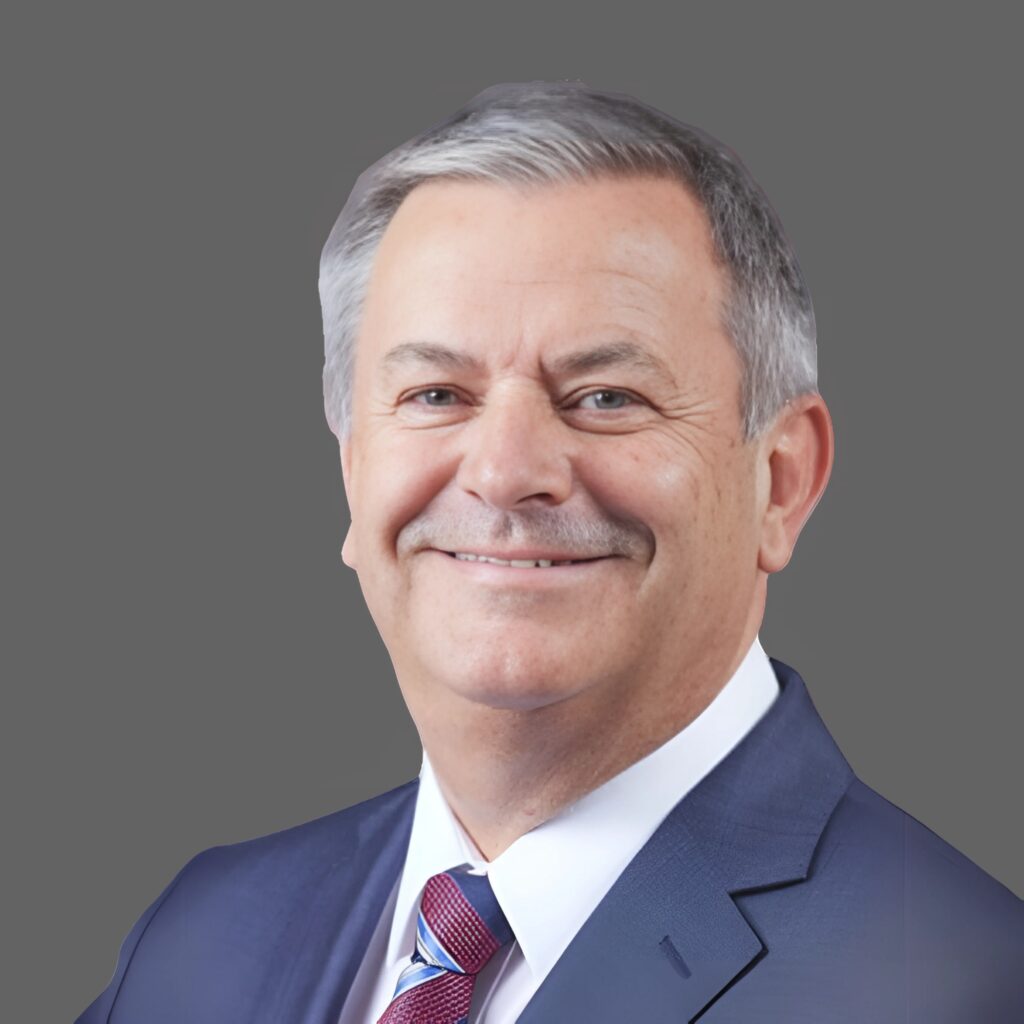

Our moderator
Michael W. Tschugg
Graduate economist/MBA
Biography: Michael Tschugg, economics graduate and MBA, has many years of experience in business journalism and corporate communications. He has written for renowned newspapers and magazines and worked internationally as press spokesman for Degussa AG. As Managing Director of international agencies, he advised investment banks, index providers such as FTSE, mining investors and precious metal traders from the DACH region, among others. He is also active as a consultant, keynote speaker and moderator and has received national and international awards for his work.


The summaries of the presentations were prepared by Fragold Connect.

